







Dear Readers,
Welcome to our May Mental Health Awareness issue – a collection designed to invite you to slow down, connect deeply, and nurture both yourself and your community.
This edition explores how small daily rituals create peace, how shared joy becomes collective strength, and how naming emotions empowers our children. You’ll discover ways neighborhoods can teach wellness skills to each other and how affirming spaces support our complex identities.
I’m particularly proud that most articles appear in both English and Spanish. Mental health resources must be accessible to all our community members, regardless of the language they feel most comfortable expressing their innermost thoughts.
The stories within these pages remind us that healing rarely happens in isolation. From continuing bonds with those we’ve lost to the transformative power of biblical love, each article reinforces that connection – to ourselves, to others, to nature, and to something greater – forms the foundation of psychological wellbeing.
As you read, I hope you’ll find at least one practice to incorporate into your life. Remember that mental health isn’t the absence of struggle but rather the presence of support, understanding, and tools to navigate life’s challenges.
In community and health,
Gwendolyn Schrank Editor-in-Chief
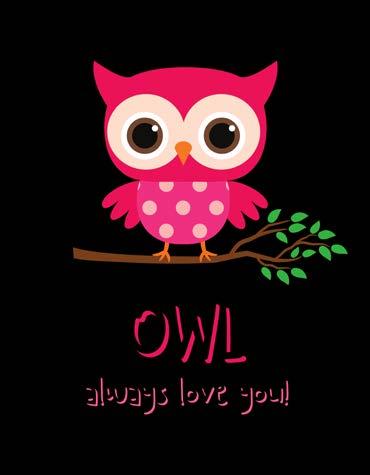
Estimados Lectores,
Bienvenidos a nuestra edición de Concientización sobre la Salud
Mental de mayo – una colección diseñada para invitarles a desacelerar, conectarse profundamente y nutrir tanto a ustedes mismos como a su comunidad.
Esta edición explora cómo pequeños rituales diarios crean paz, cómo la alegría compartida se convierte en fortaleza colectiva, y cómo nombrar las emociones empodera a nuestros niños. Descubrirán formas en que los vecindarios pueden enseñarse mutuamente habilidades de bienestar y cómo los espacios afirmativos apoyan nuestras complejas identidades.
Estoy particularmente orgullosa de que la mayoría de los artículos aparezcan tanto en inglés como en español. Los recursos de salud mental deben ser accesibles para todos los miembros de nuestra comunidad, independientemente del idioma en que se sientan más cómodos expresando sus pensamientos más íntimos.
Las historias dentro de estas páginas nos recuerdan que la sanación raramente ocurre en aislamiento. Desde los vínculos continuos con aquellos que hemos perdido hasta el poder transformador del amor bíblico, cada artículo refuerza que la conexión – con nosotros mismos, con otros, con la naturaleza y con algo mayor – forma la base del bienestar psicológico.
Mientras leen, espero que encuentren al menos una práctica para incorporar en sus vidas. Recuerden que la salud mental no es la ausencia de lucha sino más bien la presencia de apoyo, comprensión y herramientas para navegar los desafíos de la vida.
En comunidad y salud, Gwendolyn Schrank
Editora en Jefe
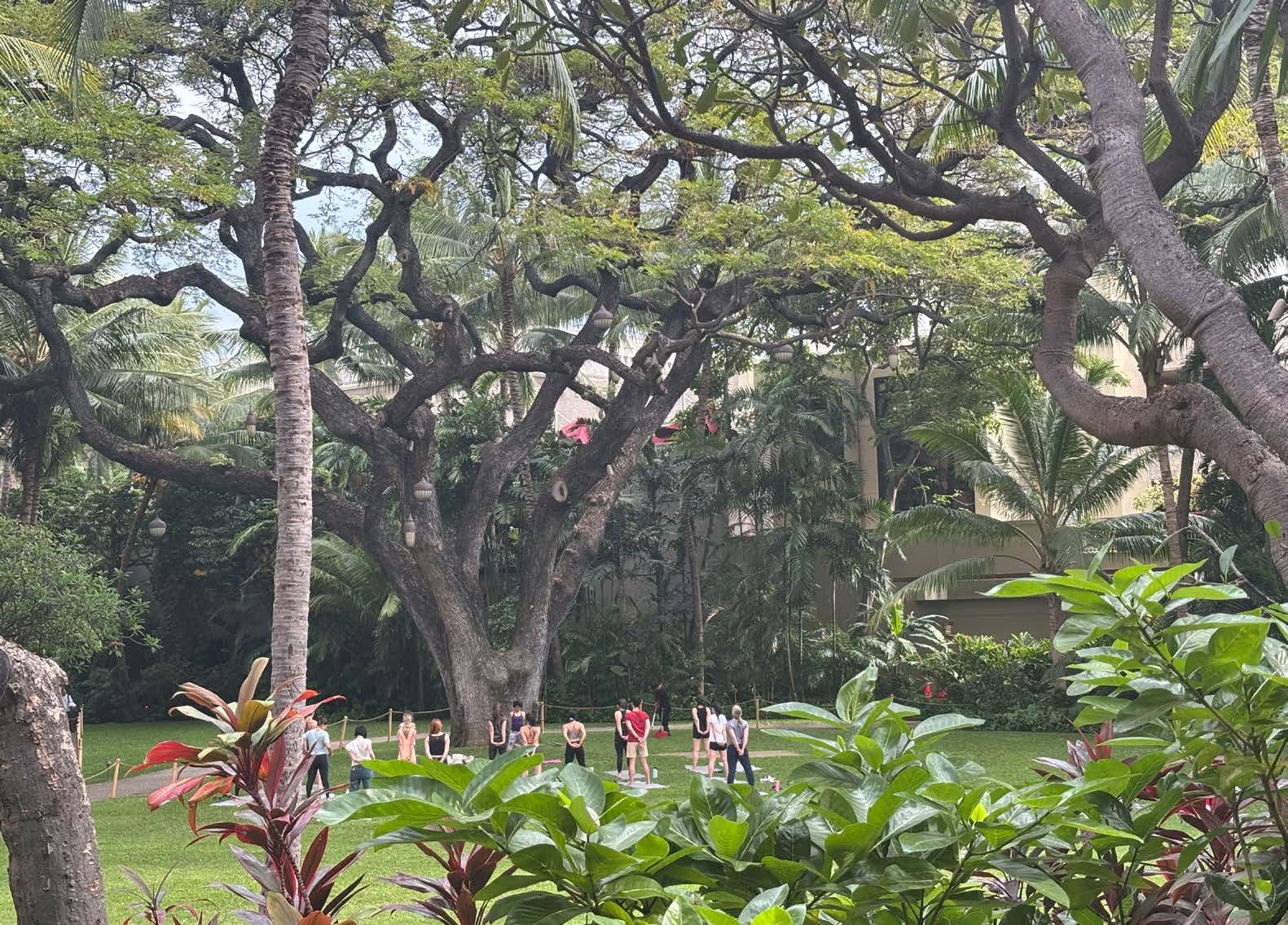


“ Meditate. Breathe consciously. Listen. Pay attention. Treasure every moment. Make the connection. ” ~Oprah
As the morning sun filters through palm fronds, Brittany closes her eyes and takes her first deep breath in what feels like months. The rhythmic crash of waves against Waikiki provides a soundtrack worlds away from ringing phones at the call center and the endless alerts from her nursing school portal.
“I didn’t realize how much tension I was carrying until I finally stopped,” Brittany explains, her camera—usually an extension of her arm—resting unused beside her. “Between managing homework after my shifts, making dinner for the kids, and trying to squeeze in photography
when I can, I forgot what it feels like to simply exist.”
The science supports what Brittany instinctively sought in Hawaii’s lush landscapes. Research shows that just 20 minutes in nature significantly lowers cortisol levels, our body’s primary stress hormone. The phytoncides—natural compounds released by trees—have been proven to boost immune function and improve cognitive performance.
For Brittany, the benefits are immediate and tangible. “Yesterday, I spent an hour just watching the way light danced across water. No agenda, no checklist. My mind felt clearer than it has in years,” she shares, describing how she’s slowly untangling thoughts that had become knotted by her relentless schedule. Neuroscientists explain this as “attention restoration.” Urban environments bombard us with stimuli requiring directed attention, while natural settings engage our involuntary attention, allowing our cognitive resources to replenish. This explains why after six days in Hawaii, Brittany reports thinking more creatively about challenges awaiting her return.
“I’m taking this lesson home,” she resolves, watching her bare feet sink into warm sand.
“Even if it’s just fifteen minutes in the mountains with my kids or a quick sunrise photo shoot at the local park—I need this constant in my life.”
As research continues to validate nature’s therapeutic effects, stories like Brittany’s remind us that sometimes the most productive thing we can do is nothing at all—just breathing, observing, and being present in the natural world.







The alarm sounds at 5:30 AM in Maya’s bedroom. Instead of hitting snooze or immediately reaching for her phone, she takes three deep breaths and whispers a simple intention: “Today, I choose peace.”
This small act launches a carefully crafted morning ritual that Maya credits with transforming her formerly chaotic life as a marketing executive and single parent to two teenagers.
“I was constantly starting my days in reactive mode,” Maya explains. “My nervous system was already in overdrive before I even brushed my teeth.”
Neuroscience supports Maya’s approach. Morning cortisol levels naturally peak shortly after waking – a phenomenon called the

Cortisol Awakening Response. Research shows that how we manage this crucial window significantly impacts our stress regulation throughout the day.
Maya’s ritual unfolds in distinct phases: First, hydration with warm lemon water while standing barefoot on her small balcony. Then, ten minutes of gentle stretching – not formal yoga, just intuitive movement. Finally, she spends fifteen minutes with a journal, writing stream-of-consciousness thoughts before the day’s demands flood in.
“The magic isn’t in the specific activities,” says Dr. Elena Rivera, neuropsychologist specializing in habit formation. “It’s in the consistency and intentionality. Morning rituals create a buffer zone between sleep and productivity that allows the
prefrontal cortex to fully come online.”
For Maya, the results have been profound.
“My team has noticed I’m more present in meetings. My kids say I’m less snippy at breakfast. But mostly, I feel like I’m choosing my day rather than my day choosing me.”
The simplicity is precisely the point. “These aren’t elaborate self-care routines requiring expensive products,” Maya insists. “Just deliberate moments of presence before the world rushes in. Anyone can create this space – even if it’s just five deliberate minutes.”

La alarma suena a las 5:30 AM en el dormitorio de Maya. En lugar de posponerla o inmediatamente alcanzar su teléfono, ella toma tres respiraciones profundas y susurra una simple intención: “Hoy, elijo la paz”. Este pequeño acto inicia un ritual matutino cuidadosamente elaborado que Maya considera responsable de transformar su vida anteriormente caótica como ejecutiva de marketing y madre soltera de dos adolescentes.
“Constantemente comenzaba mis días en modo reactivo”, explica Maya. “Mi sistema nervioso ya estaba sobrecargado antes incluso de cepillarme los dientes”.
La neurociencia respalda el enfoque de Maya. Los niveles de cortisol matutino naturalmente alcanzan su punto máximo poco después de despertar – un fenómeno llamado Respuesta de Despertar del Cortisol. Las investigaciones muestran que cómo manejamos esta ventana crucial impacta significativamente nuestra regulación del estrés durante todo el día.
El ritual de Maya se desarrolla en fases distintas: Primero, hidratación con agua tibia con limón mientras está descalza en su pequeño balcón. Luego, diez minutos de estiramientos suaves – no yoga formal, solo movimiento intuitivo. Finalmente, pasa quince minutos con un diario, escribiendo pensamientos de flujo de conciencia antes de que las exigencias del día inunden su mente.
“La magia no está en las actividades específicas”, dice la Dra. Elena Rivera, neuropsicóloga especializada en formación de hábitos. “Está en la consistencia y la intencionalidad. Los rituales matutinos crean una zona de amortiguamiento entre el sueño y la productividad que permite que la corteza prefrontal se active completamente”. Para Maya, los resultados han sido profundos. “Mi equipo ha notado que estoy más presente en las reuniones. Mis hijos dicen que estoy menos irritable durante el desayuno. Pero principalmente, siento que estoy eligiendo mi día en lugar de que mi día me elija a mí”. La simplicidad es precisamente el punto. “No son rutinas de autocuidado elaboradas que requieren productos costosos”, insiste Maya. “Solo momentos deliberados de presencia antes de que el mundo se precipite. Cualquiera puede crear este espacio – aunque sean solo cinco minutos deliberados”.
Peer
Peer
Spanish
Depression
Anxiety
PTSD
Grief
Bipolar
AA
NA
DTR
Tapping-
Creative

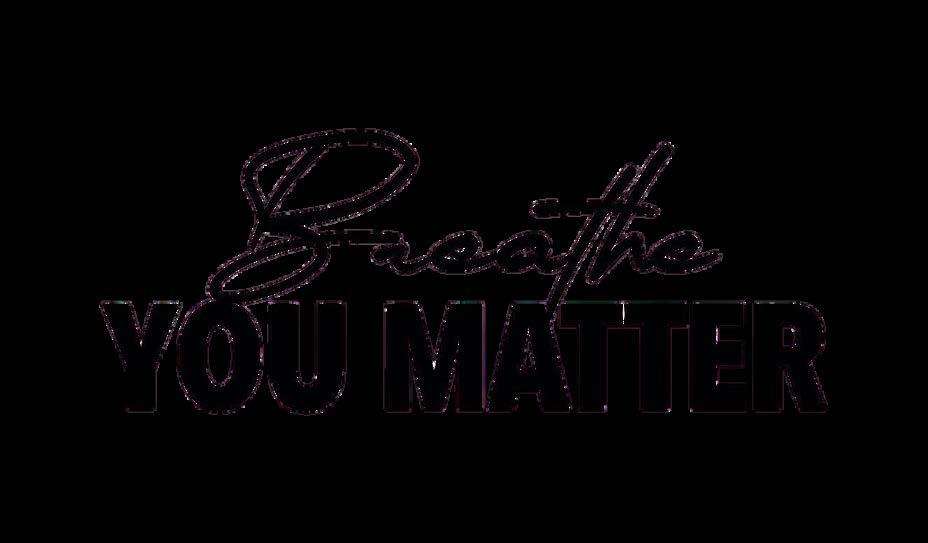
Social
Leadership
Life
Job
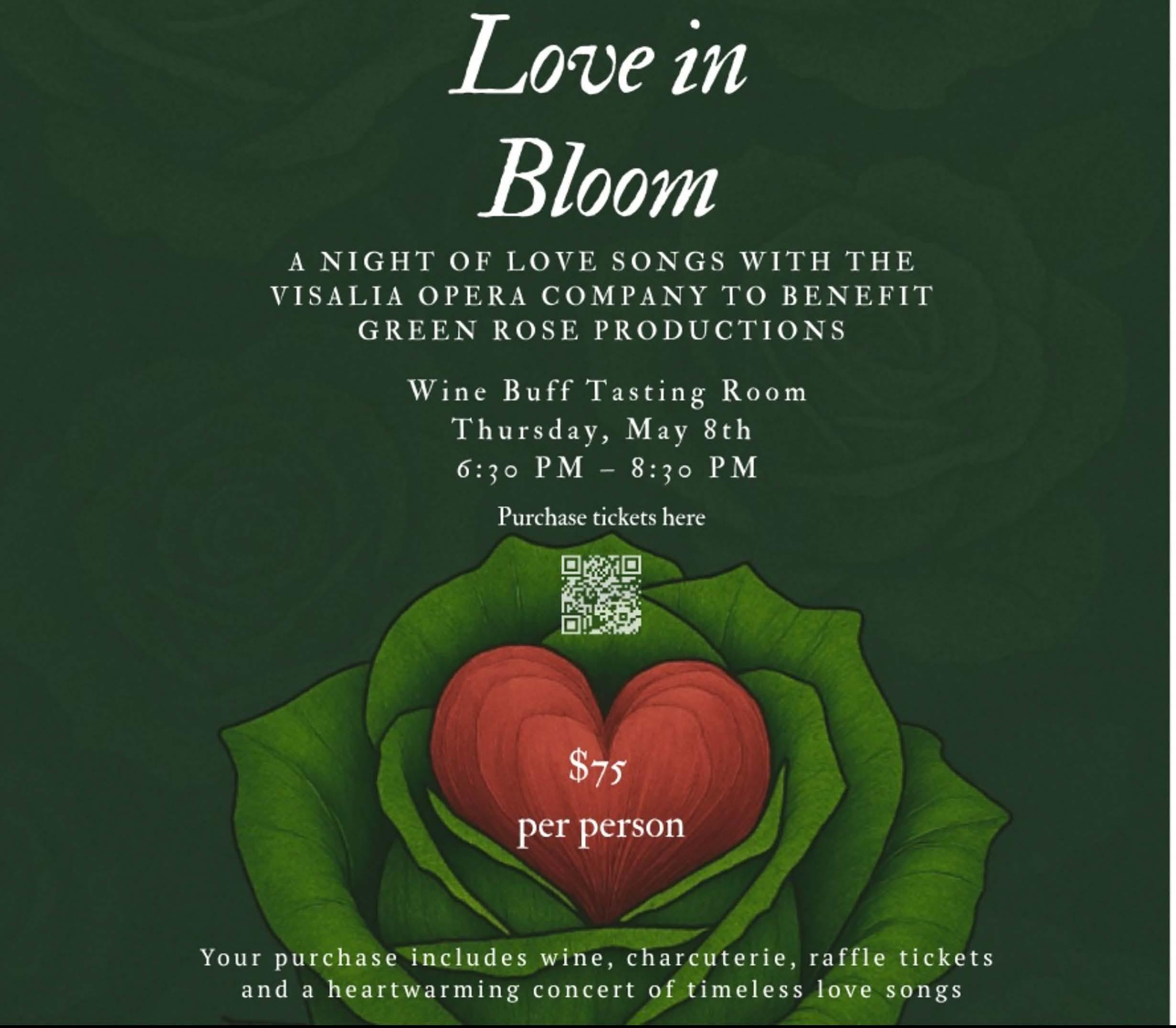


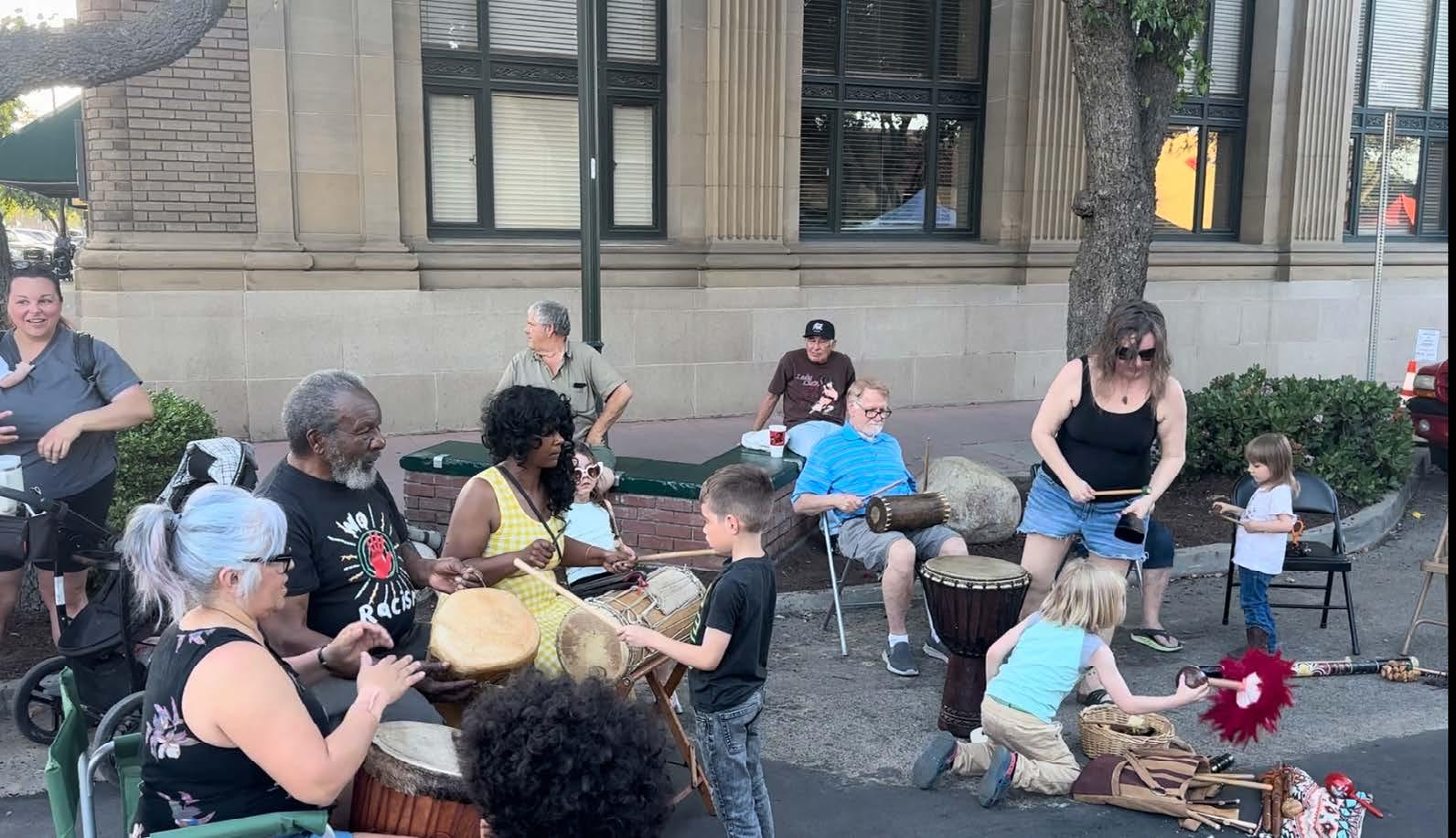
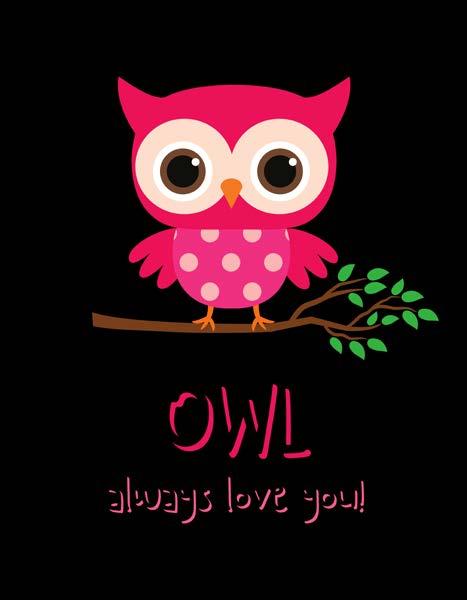
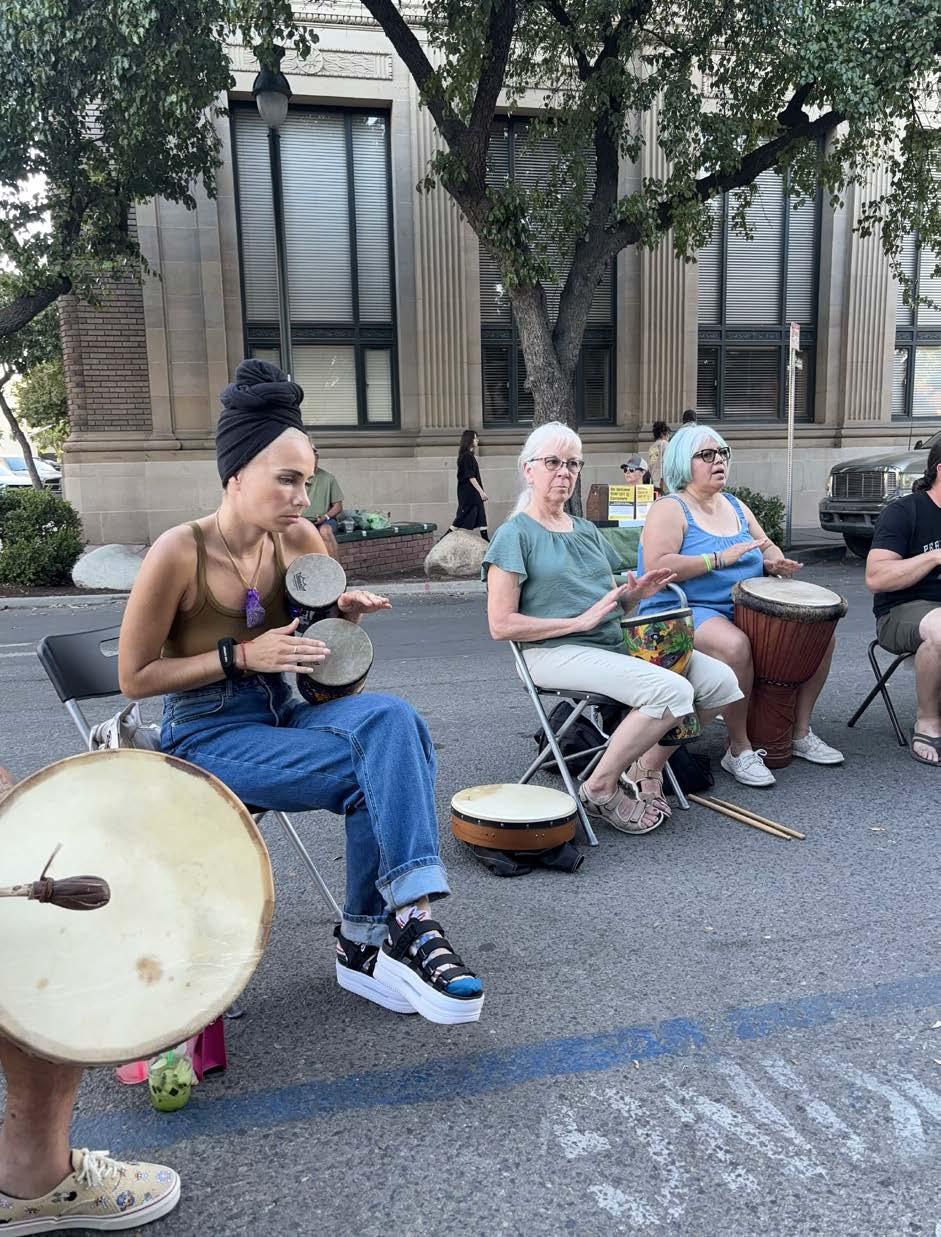
In a world increasingly dominated by individual screens and solitary pursuits, something remarkable happens when humans gather to create together. Whether it’s the synchronized voices of a community choir, the rhythmic movements of a street dance circle, or paintbrushes working in tandem on a neighborhood mural – collective joy practices offer something our isolated modern lives often lack.
Research suggests these communal creative experiences trigger neurochemical responses that individual activities simply cannot replicate. When we sing together, our heartbeats synchronize. When we dance in groups, our brains release elevated levels of endorphins compared to solo movement. When we create art collectively, our stress hormones significantly decrease while our sense of belonging measurably increases.
“I never expected that joining a weekly drum circle would change my life,” shares Marcos, a 42-yearold accountant who struggled with anxiety for years. “Something about finding my rhythm within the larger group rhythm grounds me in a way that individual therapy never could.”
Across cultures and throughout human history, communal joy practices have served as both celebration and medicine. From traditional harvest dances to contemporary flash mobs, these shared experiences create neural pathways of resilience that participants can access during personal challenges.
Community organizer Leila launched “Sing It Out” sessions in her neighborhood after noticing increasing isolation among residents. “We started with just six people humming together in the park,” she recalls. “Now we have sixty people who show up regardless of weather. Many say it’s the one hour weekly where their racing thoughts finally quiet down.”
The accessibility of collective joy is perhaps its greatest strength – no special talent required, just willingness to participate. In an era where mental health resources remain scarce and stigmatized, these ancient practices offer something profound: the reminder that we are hardwired to heal better together than apart.
En un mundo cada vez más dominado por pantallas individuales y actividades solitarias, algo extraordinario sucede cuando los seres humanos se reúnen para crear juntos. Ya sea en las voces sincronizadas de un coro comunitario, los movimientos rítmicos de un círculo de baile callejero, o pinceles trabajando en conjunto en un mural de barrio – las prácticas de alegría colectiva ofrecen algo que nuestras vidas modernas y aisladas a menudo carecen.
Las investigaciones sugieren que estas experiencias creativas comunales desencadenan respuestas neuroquímicas que las actividades individuales simplemente no pueden replicar. Cuando cantamos juntos, nuestros latidos se sincronizan. Cuando bailamos en grupos, nuestros cerebros liberan niveles elevados de endorfinas en comparación con el movimiento en solitario. Cuando creamos arte colectivamente, nuestras hormonas del estrés disminuyen significativamente mientras nuestro sentido de pertenencia aumenta de manera medible. “Nunca esperé que unirme a un círculo de tambores semanal cambiaría mi vida”, comparte Marcos, un contador de 42 años que luchó contra la ansiedad durante años. “Algo sobre encontrar mi ritmo dentro del ritmo grupal más amplio me conecta a tierra de una manera que la terapia individual nunca pudo”.

A través de las culturas y a lo largo de la historia humana, las prácticas de alegría comunal han servido tanto como celebración y como medicina. Desde danzas tradicionales de cosecha hasta flash mobs contemporáneos, estas experiencias compartidas crean vías neuronales de resiliencia que los participantes pueden acceder durante desafíos personales. Leila, una organizadora comunitaria, lanzó sesiones “Cántalo” en su vecindario después de notar un creciente aislamiento entre los residentes. “Comenzamos con solo seis personas tarareando juntas en el parque”, recuerda. “Ahora tenemos sesenta personas que aparecen sin importar el clima. Muchos dicen que es la única hora semanal donde sus pensamientos acelerados finalmente se calman”.
La accesibilidad de la alegría colectiva es quizás su mayor fortaleza – no se requiere un talento especial, solo la voluntad de participar. En una era donde los recursos de salud mental siguen siendo escasos y estigmatizados, estas prácticas ancestrales ofrecen algo profundo: el recordatorio de que estamos programados para sanar mejor juntos que separados.
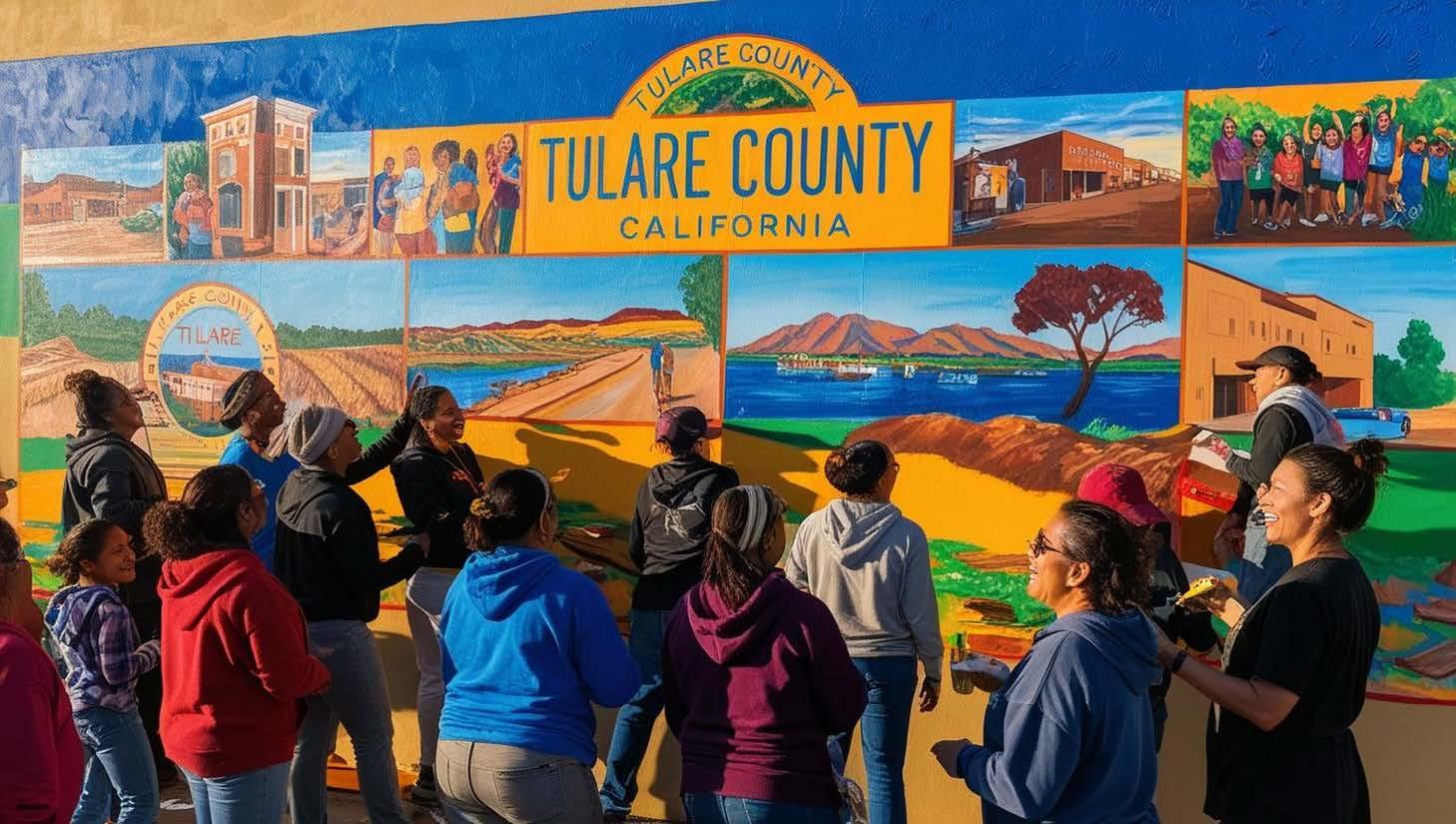

Every Tuesday evening at a wellness center in Tulare County, something remarkable unfolds. A retired yoga instructor guides her neighbors through gentle movements. Next week, a construction worker who discovered meditation during his lunch breaks will lead the session. The following week, a bookkeeper will share her journaling techniques that helped her navigate grief.
This is “Skills Collective,” a neighborhood initiative challenging the notion that stress management must come from formal experts or expensive retreats.
“We all have practices that have carried us through difficult times,” explains Sonia, who launched the program after noticing how many neighbors were struggling with anxiety. “The carpenter who uses breathing techniques to steady his hands has something valuable to teach the nurse who’s burning out.”
What makes these exchanges particularly effective is their accessibility.
When Elena, a grocery store cashier, demonstrates how she uses specific pressure points to relieve tension headaches during her breaks, participants see stress management techniques performed by someone whose daily stressors mirror their own.
Recent research suggests peer-led wellness initiatives show surprisingly high adherence rates compared to professional programs. When people learn techniques from neighbors facing similar life circumstances, they’re more likely to implement those practices consistently.
The program’s structure remains simple: two-hour sessions divided between instruction and practice. No one presents for more than three consecutive weeks, ensuring diverse perspectives. The only requirement for teaching is having used a technique successfully in one’s own life.
participant. “But something shifts when you learn techniques from people who look like you, work jobs like yours, and face similar financial constraints. Suddenly wellness

doesn’t feel like something that happens elsewhere, to other people. It’s right here, already in our community.”
“I’ve attended therapy for years and found it valuable,” shares Marcus, a regular
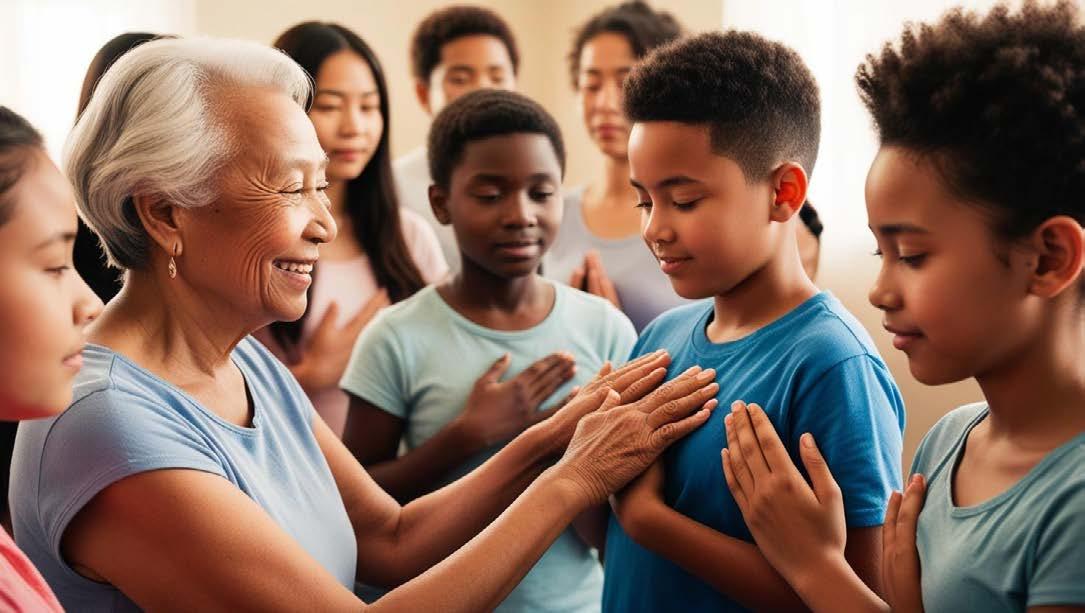
Perhaps most powerful is what happens between sessions – neighbors checking in, practicing together, and reminding each other of the collective wisdom they already possess.
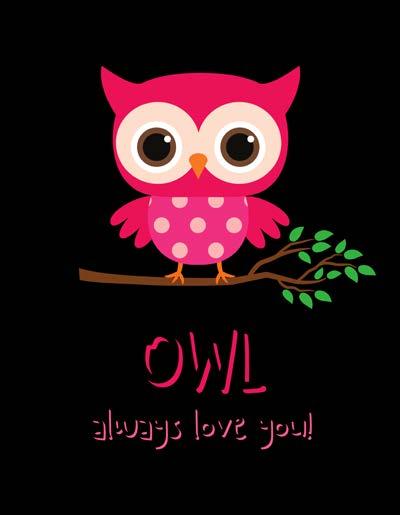
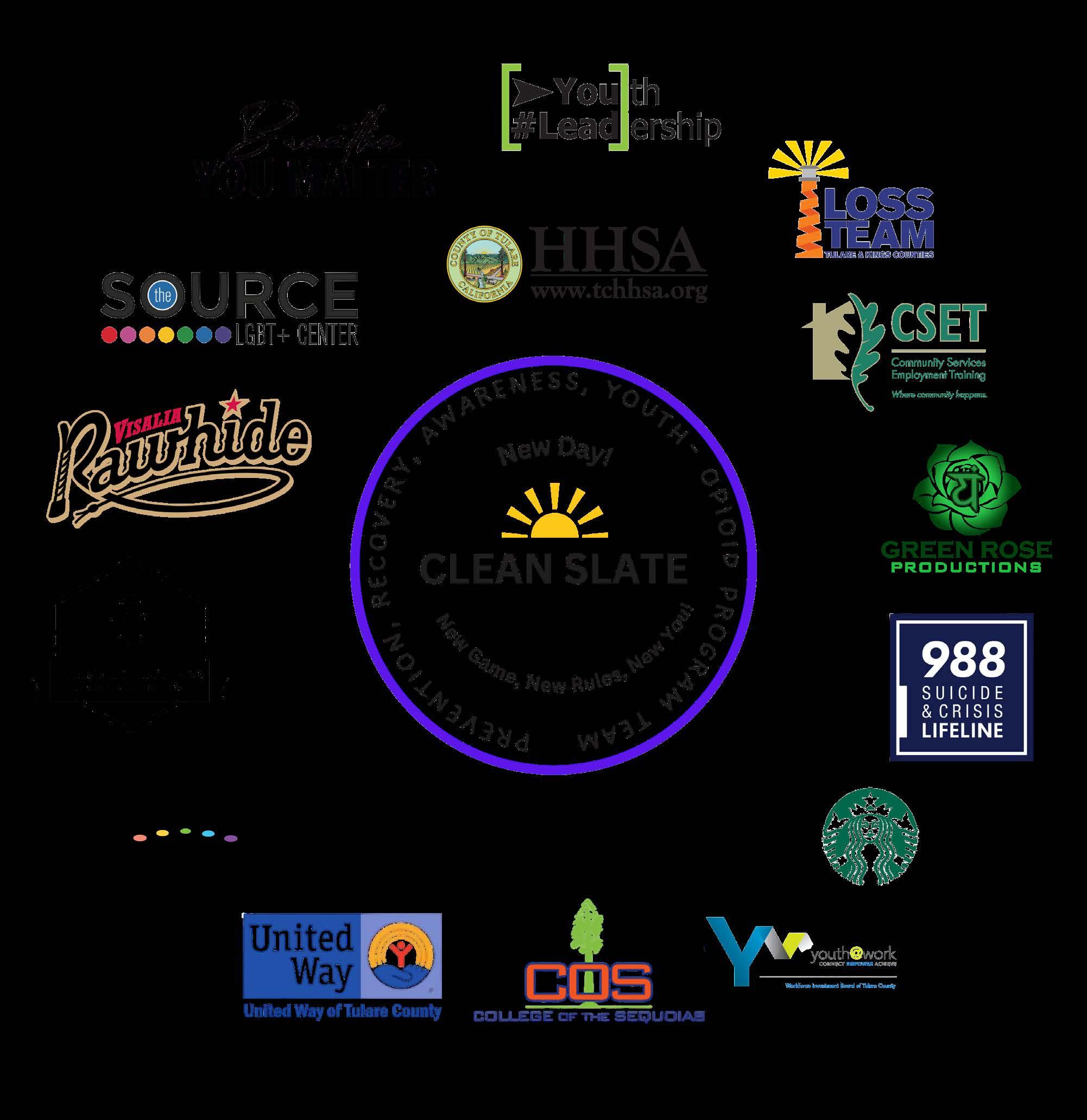
Schrank’s Clubhouse and Community Partners Will Be Coming To An Area Near You. YOU MATTER!
Cada martes por la tarde en el centro comunitario de Tulare County, algo extraordinario se desarrolla. Una instructora de yoga jubilada guía a sus vecinos a través de movimientos suaves. La semana siguiente, un trabajador de la construcción que descubrió la meditación durante sus descansos para almorzar dirigirá la sesión. La semana posterior, una contadora compartirá sus técnicas de diario que la ayudaron a navegar el duelo. Este es el “Colectivo de Habilidades”, una iniciativa vecinal que desafía la noción de que el manejo del estrés debe provenir de expertos formales o retiros costosos.
“Todos tenemos prácticas que nos han llevado a través de tiempos difíciles”, explica Sonia, quien lanzó el programa después de notar cuántos vecinos estaban luchando con la ansiedad. “El carpintero que usa técnicas de respiración para estabilizar sus manos tiene algo valioso que enseñar a la enfermera que está experimentando agotamiento”.
Lo que hace que estos intercambios sean particularmente efectivos es su accesibilidad. Cuando Elena, una cajera de supermercado, demuestra cómo usa puntos de presión específicos para aliviar dolores de cabeza por tensión durante sus descansos, los participantes ven técnicas de manejo del estrés realizadas por alguien cuyos factores de estrés diarios se asemejan a los suyos. Investigaciones recientes sugieren que las iniciativas de bienestar dirigidas por pares muestran tasas de adherencia sorprendentemente altas en comparación con programas profesionales. Cuando las personas aprenden técnicas de vecinos que enfrentan circunstancias de vida similares, es más probable que implementen esas prácticas de manera consistente.
La estructura del programa sigue siendo simple: sesiones de dos horas divididas entre instrucción y práctica. Nadie presenta durante más de tres semanas consecutivas, asegurando perspectivas diversas. El único requisito para enseñar es haber utilizado una técnica con éxito en la propia vida.
“He asistido a terapia durante años y la encontré valiosa”, comparte Marcus, un participante regular. “Pero algo cambia cuando aprendes técnicas de personas que se parecen a ti, trabajan en empleos como el tuyo y enfrentan limitaciones financieras similares. De repente, el bienestar no se siente como algo que sucede en otro lugar, a otras personas. Está aquí mismo, ya en nuestra comunidad”. Quizás lo más poderoso es lo que sucede entre sesiones – vecinos que se mantienen en contacto, practican juntos y se recuerdan mutuamente la sabiduría colectiva que ya poseen.



The toddler in the grocery store isn’t just “having a tantrum” – he’s overwhelmed, frustrated, and lacking the words to express these complex feelings. When we reduce children’s emotional experiences to simplified behaviors, we miss crucial opportunities to help them develop emotional literacy – perhaps the most important skill set they’ll ever acquire.
“I used to tell my son to ‘calm down’ whenever he’d get upset,” shares Mia, a preschool teacher and parent of three. “But that changed when I realized I was essentially telling him his feelings weren’t valid. Now I say, ‘I see you’re feeling frustrated. Is that right?’ Just giving him words has made a tremendous difference.”

Research suggests that children as young as two can begin distinguishing between basic emotions when adults provide consistent language and validation. This foundation develops into more nuanced emotional understanding by ages four to five, when children begin recognizing that emotions have causes and consequences.

• Create an “emotions chart” with faces showing different feelings for young children to point to
• Read books specifically about feelings with your child
• Narrate your own emotions: “I’m feeling disappointed because our picnic got rained out”
• Validate all emotions while setting boundaries on behavior: “It’s okay to feel angry, but we don’t hit”
• Use stuffed animals or puppets to role-play emotional scenarios
• Respect a child’s emotional state rather than pushing for hugs or interaction when they’re overwhelmed
• Ask open questions about feelings during activities: “How did you feel when you built that tower?”
• Share appropriate stories about your own childhood emotions
• Continue the emotional vocabulary parents are using for consistency
• Create safe spaces for big feelings during family gatherings

• Incorporate feelings check-ins during morning circle time
• Create a calm-down corner with emotion cards and self-regulation tools
• Use conflicts between children as teaching moments about emotional awareness
• Integrate emotional literacy into storytelling and play
• Notice and name children’s emotional states: “You look proud of your painting!”
The lifelong benefits extend far beyond childhood. Research consistently links higher emotional intelligence with better academic performance, stronger relationships, more effective conflict resolution, and improved mental health outcomes – suggesting that learning heart words might be just as important as learning ABC’s.
El niño pequeño en el supermercado no solo está “haciendo una rabieta” – está abrumado, frustrado y carece de las palabras para expresar estos sentimientos complejos. Cuando reducimos las experiencias emocionales de los niños a comportamientos simplificados, perdemos oportunidades cruciales para ayudarles a desarrollar la alfabetización emocional – quizás el conjunto de habilidades más importante que adquirirán. “Solía decirle a mi hijo que ‘se calmara’ cada vez que se alteraba”, comparte Mia, una maestra de preescolar y madre de tres. “Pero eso cambió cuando me di cuenta de que básicamente le estaba diciendo que sus sentimientos no eran válidos. Ahora digo, ‘Veo que te sientes frustrado. ¿Es así?’ Simplemente darle
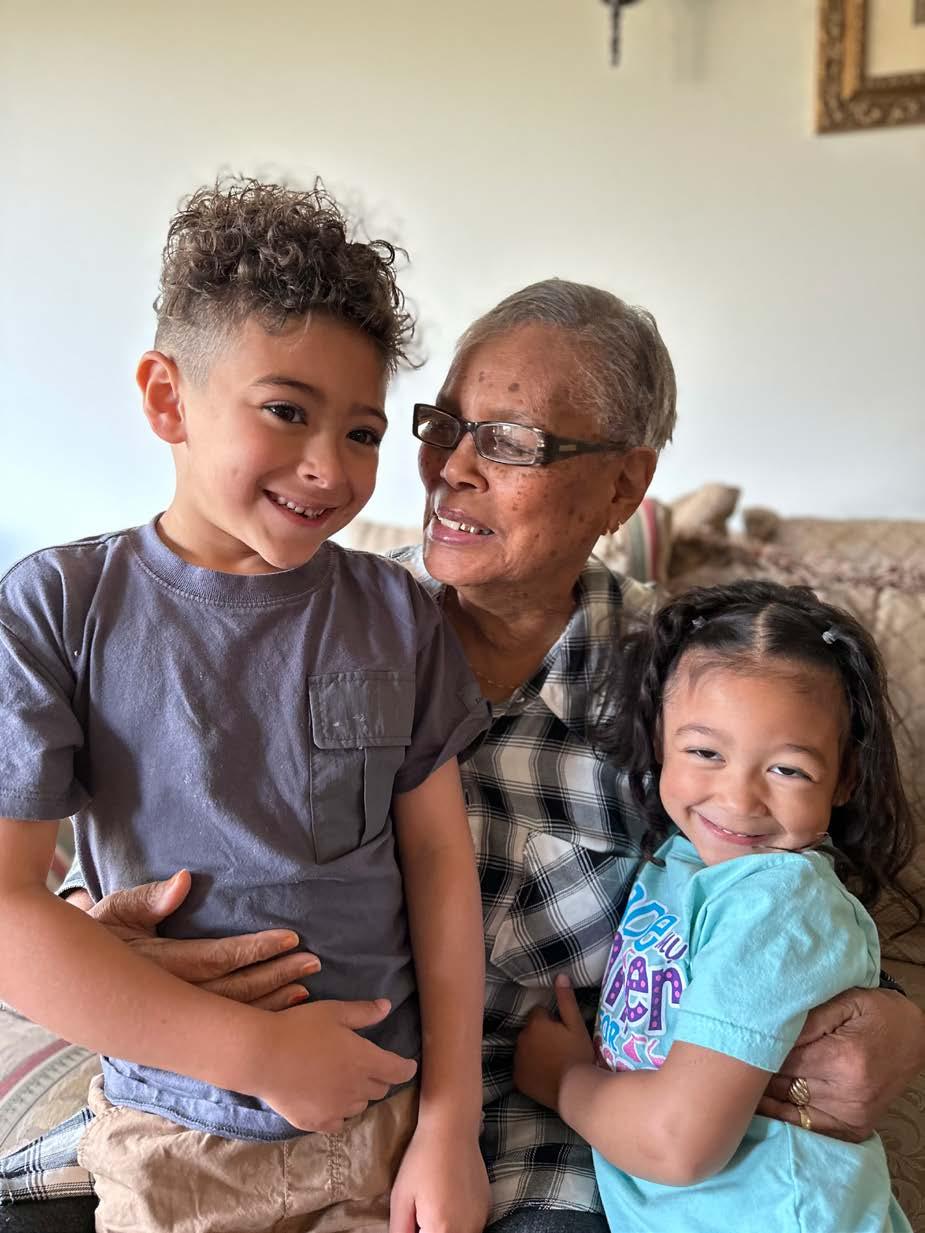
palabras ha hecho una diferencia enorme”.
Las investigaciones sugieren que los niños desde los dos años pueden comenzar a distinguir entre emociones básicas cuando los adultos proporcionan lenguaje y validación constantes. Esta base se desarrolla en una comprensión emocional más matizada a los cuatro o cinco años, cuando los niños comienzan a reconocer que las emociones tienen causas y consecuencias.
Qué Pueden Hacer los Padres:
Crear una “tabla de emociones” con caras que muestren diferentes sentimientos para que los niños pequeños puedan señalar
Leer libros específicamente sobre sentimientos con tu hijo Narrar tus propias emociones: “Me siento decepcionado porque nuestra excursión se canceló por la lluvia” Validar todas las emociones mientras estableces límites en el comportamiento: “Está bien sentirse enojado, pero no golpeamos”
Usar peluches o títeres para representar escenarios emocionales
Qué Pueden Hacer los Familiares:
Respetar el estado emocional del niño en lugar de presionar por abrazos o interacción cuando están abrumados Hacer preguntas abiertas sobre sentimientos durante actividades: “¿Cómo te sentiste cuando construiste esa torre?”
Compartir historias apropiadas sobre tus propias emociones de la infancia Continuar con el vocabulario emocional que los padres están
usando para mantener consistencia
Crear espacios seguros para grandes sentimientos durante reuniones familiares.
Qué Pueden Hacer los Maestros:
Incorporar verificaciones de sentimientos durante el tiempo de círculo matutino
Crear un rincón de calma con tarjetas de emociones y herramientas de autorregulación
Utilizar conflictos entre niños como momentos de enseñanza sobre conciencia emocional
Integrar la alfabetización emocional en la narración de cuentos y el juego
Notar y nombrar los estados emocionales de los niños: “¡Pareces orgulloso de tu pintura!”
Los beneficios de por vida se extienden mucho más allá de la infancia. La investigación vincula consistentemente una mayor inteligencia emocional con mejor rendimiento académico, relaciones más fuertes, resolución de conflictos más efectiva y mejores resultados de salud mental – sugiriendo que aprender palabras del corazón podría ser tan importante como aprender el abecedario.
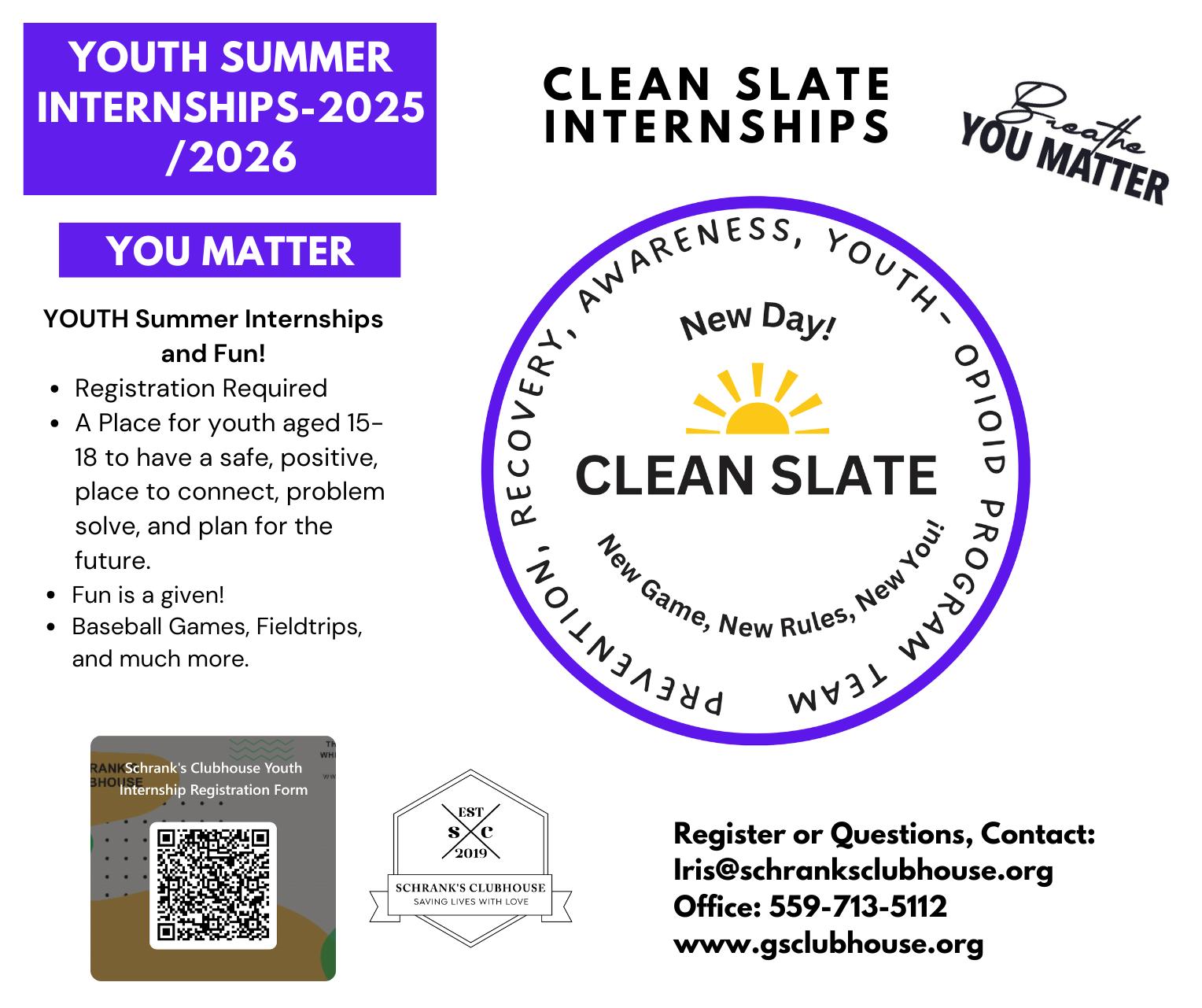


In a world where many navigate multiple marginalized identities simultaneously, affirming spaces have emerged as critical sanctuaries for mental wellness. These environments—whether physical locations, online communities, or interpersonal relationships—actively celebrate the full spectrum of human identity rather than merely tolerating difference.
“I spent years compartmentalizing parts of myself,” shares Kai, a non-binary educator with chronic illness. “In spaces where my gender is affirmed but my disability is ignored, I’m still performing. True psychological safety comes when all my identities can breathe.”

Creating affirming spaces requires intention. Organizations increasingly recognize that diversity statements mean little without concrete practices: using correct pronouns, ensuring physical accessibility, acknowledging cultural differences in communication styles, and addressing microaggressions promptly.
The mental health benefits are substantial. Research indicates that people experiencing regular affirmation show decreased anxiety, reduced

hypervigilance, and greater capacity for authentic self-expression. For those navigating intersectional identities—where race, sexuality, gender, disability, class, and other factors converge—these benefits multiply when spaces acknowledge this complexity.
Community centers like The Mosaic Collective demonstrate this approach by designing programs specifically for people with overlapping marginalized identities, recognizing that, for example, the mental health needs of disabled queer people of color differ from those with single marginalized identities.
“We’re not just checking boxes,” explains Tanya, The Mosaic Collective’s founder. “We’re recognizing that each person brings a unique constellation of identities that interact with each other and with the world. When people feel their whole selves are welcome, not just parts, their capacity for healing expands dramatically.”

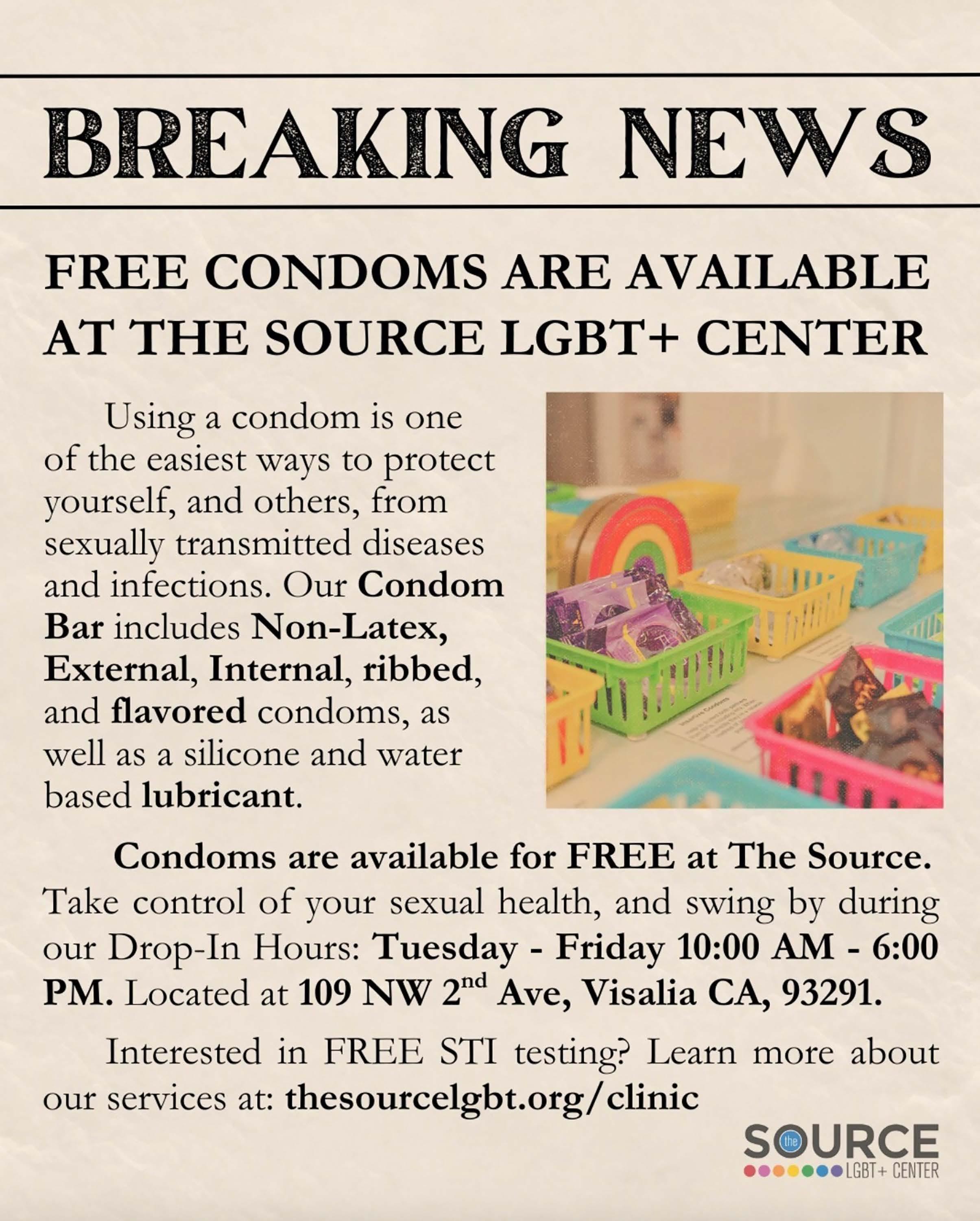
En un mundo donde muchos navegan simultáneamente múltiples identidades marginadas, los espacios afirmativos han surgido como santuarios críticos para el bienestar mental. Estos entornos—ya sean ubicaciones físicas, comunidades en línea o relaciones interpersonales— celebran activamente todo el espectro de la identidad humana en lugar de simplemente tolerar la diferencia.
“Pasé años compartimentando partes de mí mismo”, comparte Kai, un educador no binario con enfermedad crónica. “En espacios donde mi género es afirmado pero mi discapacidad es ignorada, sigo actuando. La verdadera seguridad psicológica llega cuando todas mis identidades pueden respirar”.
Crear espacios afirmativos requiere intención. Las organizaciones reconocen cada vez más que las declaraciones de diversidad significan poco sin prácticas concretas: usar pronombres correctos, garantizar accesibilidad física, reconocer diferencias culturales en estilos de comunicación y abordar las microagresiones con prontitud.
Los beneficios para la salud mental son sustanciales. Las investigaciones indican que las personas que experimentan afirmación regular muestran disminución de ansiedad, reducción de hipervigilancia y mayor capacidad para la expresión auténtica. Para quienes navegan identidades interseccionales—donde convergen raza, sexualidad, género, discapacidad, clase y otros factores—estos beneficios se multiplican cuando los espacios reconocen esta complejidad.
Centros comunitarios como El Colectivo Mosaico demuestran este enfoque diseñando programas específicamente para personas con identidades marginadas superpuestas, reconociendo que, por ejemplo, las necesidades de salud mental de personas queer con discapacidad de color difieren de aquellas con identidades marginadas singulares. “No solo estamos marcando casillas”, explica Tanya, fundadora de El Colectivo Mosaico. “Estamos reconociendo que cada persona trae una constelación única de identidades que interactúan entre sí y con el mundo. Cuando las personas sienten que todo su ser es bienvenido, no solo partes, su capacidad para sanar se expande dramáticamente”.
The Michelob Hall of Fame Club at Rawhide Stadium transformed on March 19th, 2025, as community leaders, families, and youth gathered to celebrate the launch of the Clean Slate Opioid Awareness, Prevention, and Recovery Program.
As Rosalinda and the PIMS played upbeat music that had everyone dancing, the atmosphere captured something powerful: hope rising from heartbreak.
“Five years ago, I couldn’t imagine celebrating anything,” shared Stephanie, “When my son’s addiction took hold, it wasn’t just him suffering – our entire family was drowning. Every phone call made me fear the worst.”

The collaboration between Schrank’s Clubhouse and the Rawhide Baseball Team emerged from stories like

Stephanie’s, creating a comprehensive approach to youth opioid prevention in Tulare County through protective community factors.
“Athletes have platform and presence,” explained Rawhides manager Julian. “But what teens really need isn’t just
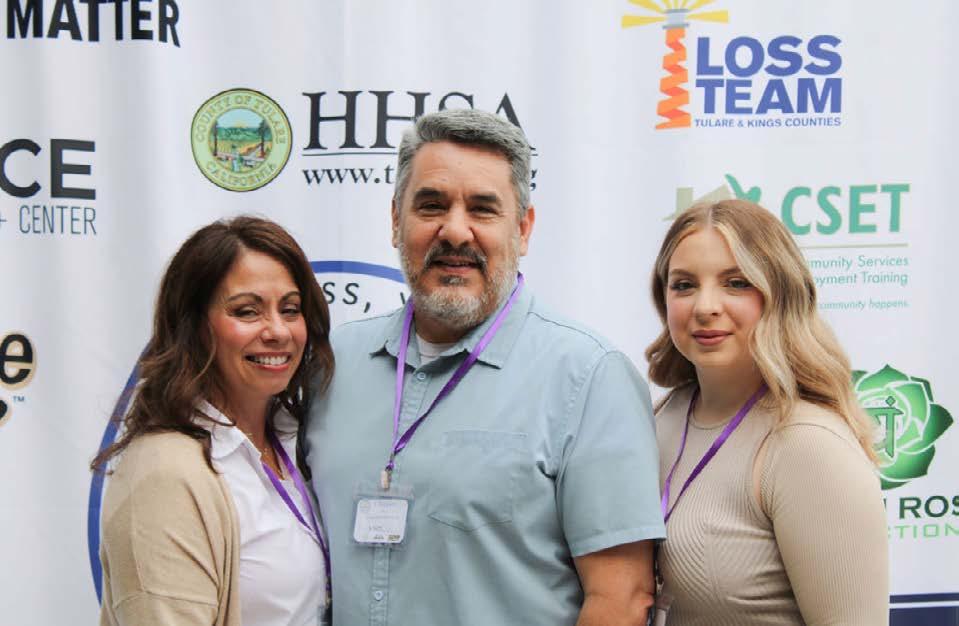
role models – they need consistent, caring adults who show up repeatedly in their lives.”
The program implements this philosophy through several key initiatives: Schrank’s Clubhouse providing supervised safe spaces; a mentorship network pairing youth with Peer Support Specialist, coaches; and business partnerships creating “Clean Slate Havens” throughout the county.
For Arielle, 16, the program offered connection when she needed it most. “The hardest thing was admitting I needed help,” she said. “Before Clean Slate, I thought
reaching out meant I was weak. Now I understand it’s actually the strongest thing you can do.”
Twenty-year-old Mack’s story illustrates how crucial community support becomes during recovery. “I had to completely change my life –new friends, new habits, new places to hang out. Having the Clubhouse and knowing people had my back made that possible. They didn’t just tell me what to stop doing – they showed me what to start doing instead.”
The launch celebration showcased the program’s extensive community partnerships, with representatives from The Source LGBTQ+, Proteus, Cset, Youth at Work, #Lead, Tulare County Health and Human Services, College of Sequoias, Porterville Chamber of Commerce, and numerous other organizations and members.

Become a Safe Haven: Businesses can join the network of safe spaces by contacting Schrank’s Clubhouse for free training.
Volunteer as a Mentor: Adults willing to commit to consistent check-ins with youth can apply through the Schrank’s Clubhouse community office.
Support Supervised Activities: Donate to expand Schrank’s Clubhouse hours and programming.
Learn Warning Signs: Attend free community workshops to recognize early indicators of substance use.
Promote Recovery Stories: Help reduce stigma by amplifying voices of young people in recovery.
“What makes Clean Slate different is that we’re not just focusing on the problem – we’re building the solution together,” said Gwen Schrank. “Every young person deserves to be surrounded by a community that makes recovery not just possible, but probable.”
As the evening wound down, with community leaders still swaying to Rosalinda’s music, the message
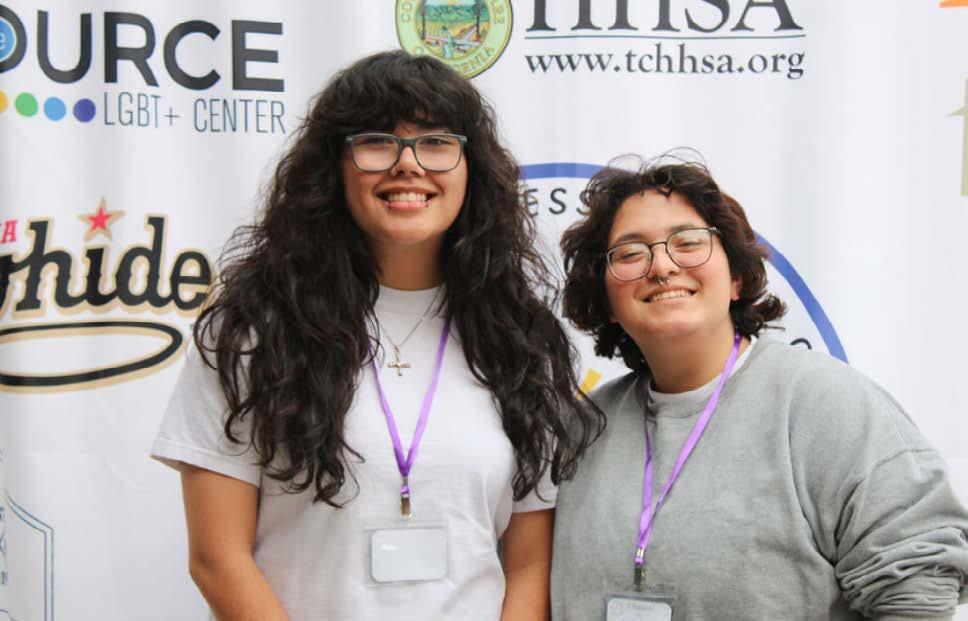
was clear: in Tulare County, hope for youth facing addiction now has structure, strategy, and most importantly, solidarity.
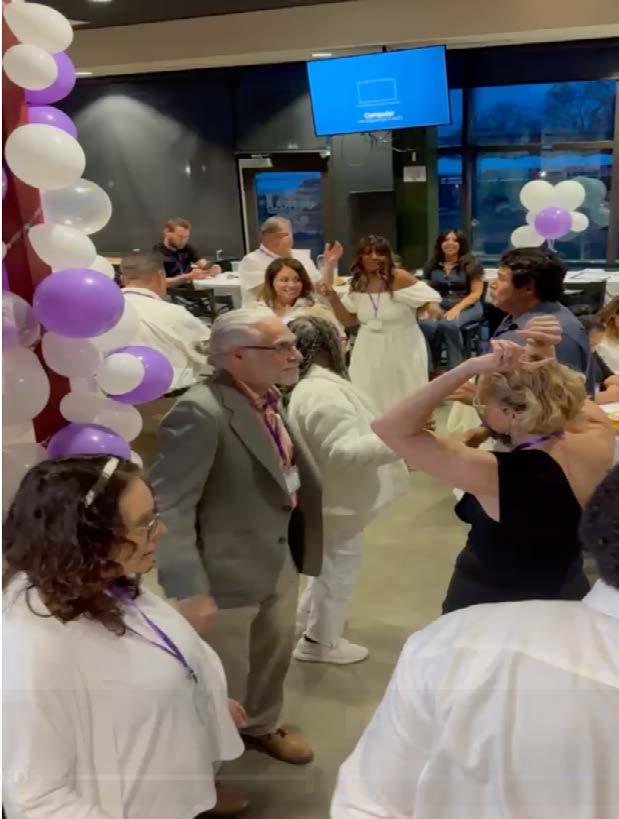
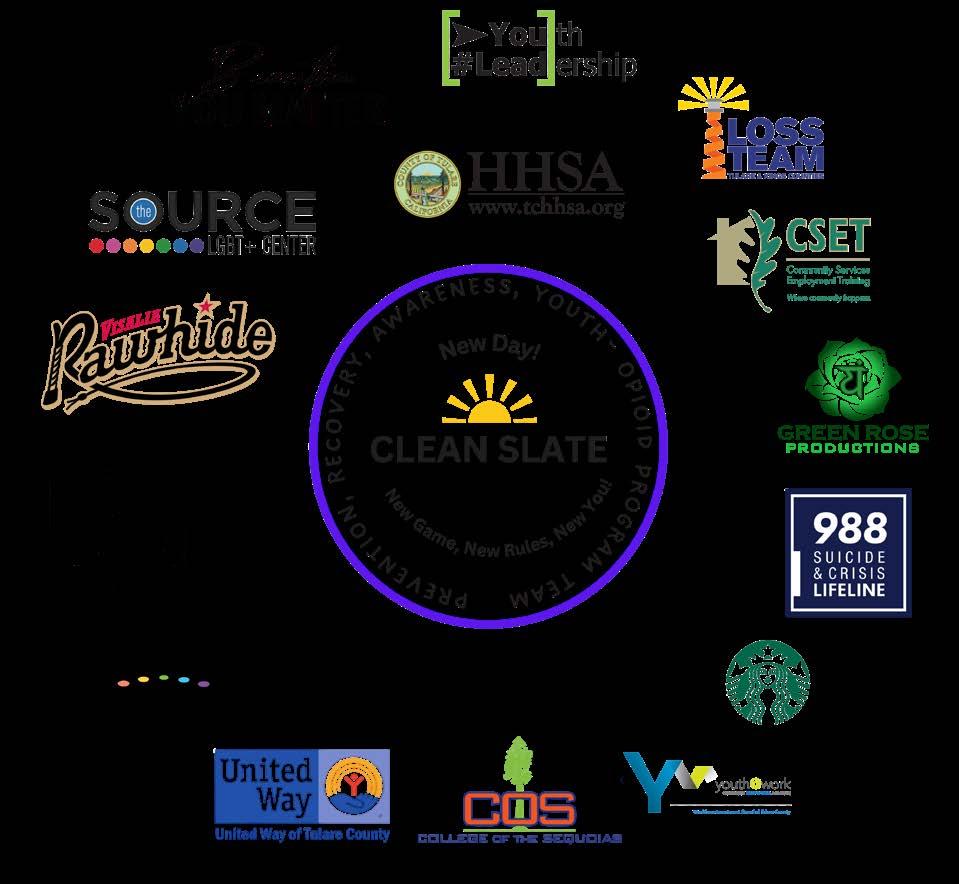
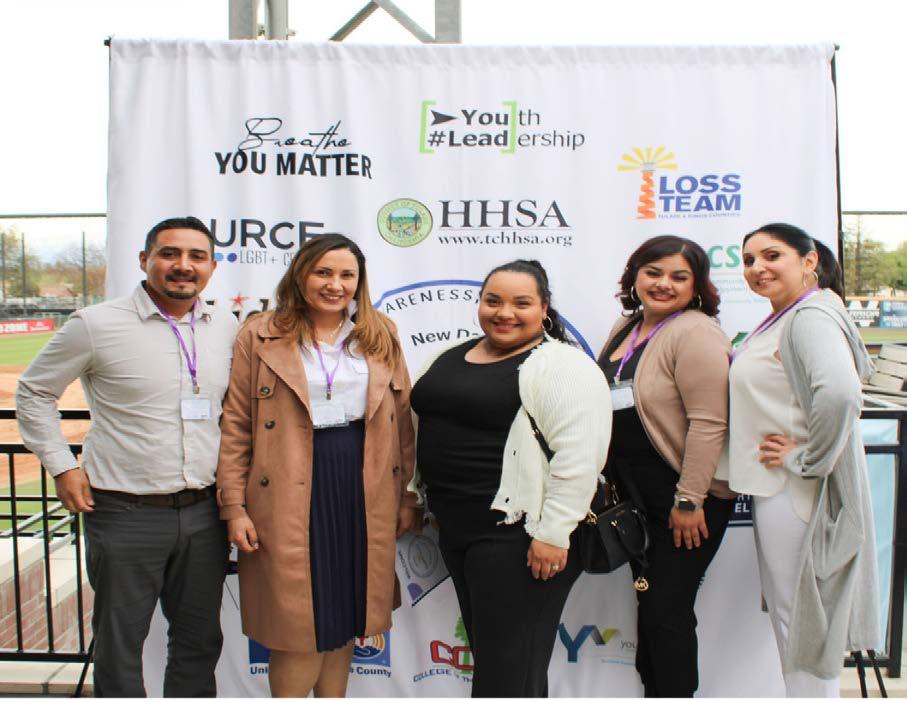
El Club Michelob Hall of Fame en el Estadio Rawhide se transformó el 19 de marzo de 2025, cuando líderes comunitarios, familias y jóvenes se reunieron para celebrar el lanzamiento del Programa de Concientización, Prevención y Recuperación de Opioides “Clean Slate” (Borrón y Cuenta Nueva).
Mientras Rosalinda y los PIMS tocaban música animada que hizo bailar a todos, el ambiente captó algo poderoso: la esperanza surgiendo del dolor.
“Hace cinco años, no podía imaginar celebrar nada”, compartió Stephanie. “Cuando la adicción de mi hijo se apoderó de él, no solo él sufría – toda nuestra familia se estaba ahogando. Cada llamada telefónica me hacía temer lo peor”.
La colaboración entre el Clubhouse de Schrank y el Equipo de Béisbol Rawhide surgió de historias como la de
Stephanie, creando un enfoque integral para la prevención del consumo de opioides entre jóvenes en el Condado de Tulare a través de factores protectores comunitarios.
“Los atletas tienen plataforma y presencia”, explicó Julian, el manager de los Rawhides. “Pero lo que los adolescentes realmente necesitan no son solo modelos a seguir – necesitan adultos constantes y solidarios que aparezcan repetidamente en sus vidas”.
El programa implementa esta filosofía a través de varias iniciativas clave: el Clubhouse de Schrank proporcionando espacios seguros supervisados; una red de mentoría emparejando a jóvenes con Especialistas de Apoyo entre Pares y entrenadores; y asociaciones comerciales creando “Refugios Clean Slate” en todo el condado. Para Arielle, de 16 años, el
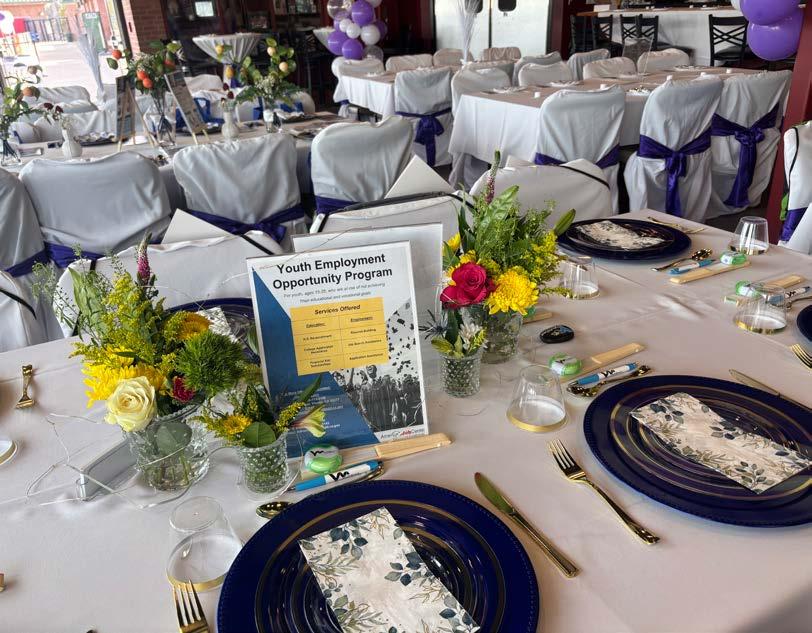
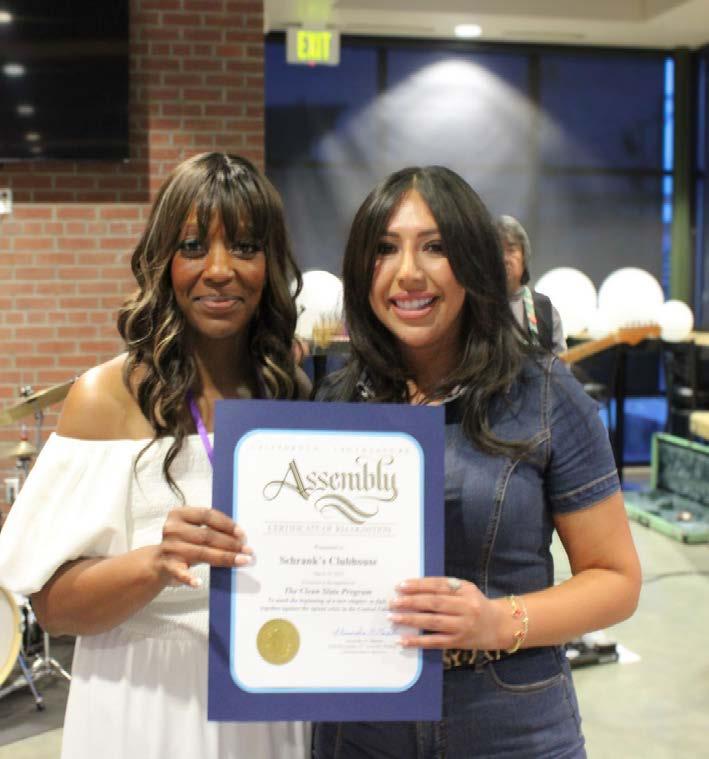
programa ofreció conexión cuando más lo necesitaba. “Lo más difícil fue admitir que necesitaba ayuda”, dijo. “Antes de Clean Slate, pensaba que pedir ayuda significaba que era débil. Ahora entiendo que es realmente lo más fuerte que puedes hacer”.
La historia de Mack, de 20 años, ilustra cuán crucial se vuelve el apoyo comunitario durante la recuperación. “Tuve que cambiar completamente mi vida – nuevos amigos, nuevos hábitos, nuevos lugares para pasar el tiempo. Tener el Clubhouse y saber que la gente me respaldaba hizo eso posible. No solo me dijeron qué dejar de hacer – me mostraron qué empezar a hacer en su lugar”.
La celebración de lanzamiento mostró las extensas asociaciones comunitarias del programa, con representantes de The Source LGBTQ+, Proteus, Cset, Youth at Work, #Lead, Servicios Humanos y de Salud del Condado de Tulare, College of Sequoias, Cámara de Comercio de Porterville, y numerosas otras organizaciones y miembros.
Cómo Puedes Apoyar a Clean Slate: Conviértete en un Refugio Seguro: Los negocios pueden unirse a la red de espacios seguros contactando al Clubhouse de Schrank para capacitación gratuita.
Voluntario como Mentor: Adultos dispuestos a comprometerse con chequeos consistentes con jóvenes pueden aplicar a través de la oficina comunitaria del Clubhouse de Schrank.
Apoya Actividades Supervisadas: Dona para expandir los horarios y programación del Clubhouse de Schrank.
Aprende Señales de Advertencia: Asiste a talleres comunitarios gratuitos para reconocer indicadores tempranos de consumo de sustancias.
Promueve Historias de Recuperación: Ayuda a reducir el estigma amplificando las voces de jóvenes en recuperación.
“Lo que hace diferente a Clean Slate es que no solo nos estamos enfocando en el problema – estamos
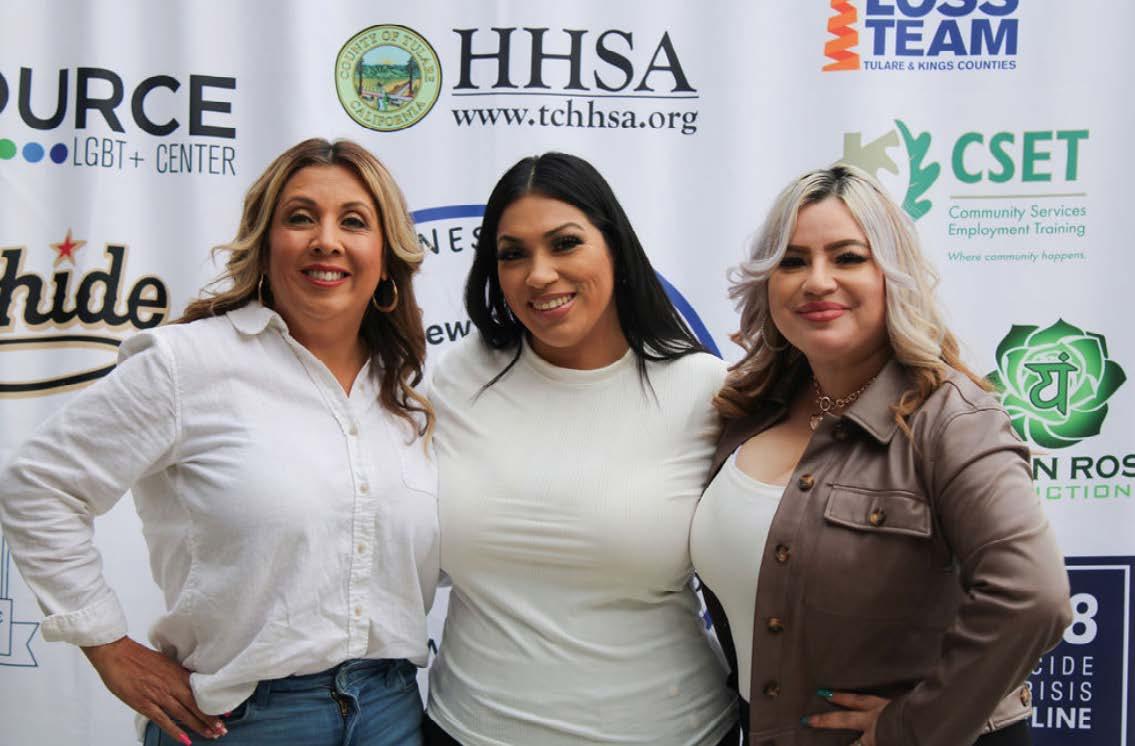
construyendo la solución juntos”, dijo Gwen Schrank. “Cada joven merece estar rodeado por una comunidad que haga la recuperación no solo posible, sino probable”. Mientras la noche avanzaba, con líderes comunitarios todavía meciéndose al ritmo de la música de Rosalinda, el mensaje era claro: en el Condado de Tulare, la esperanza para los jóvenes que enfrentan adicción ahora tiene estructura, estrategia y, lo más importante, solidaridad.
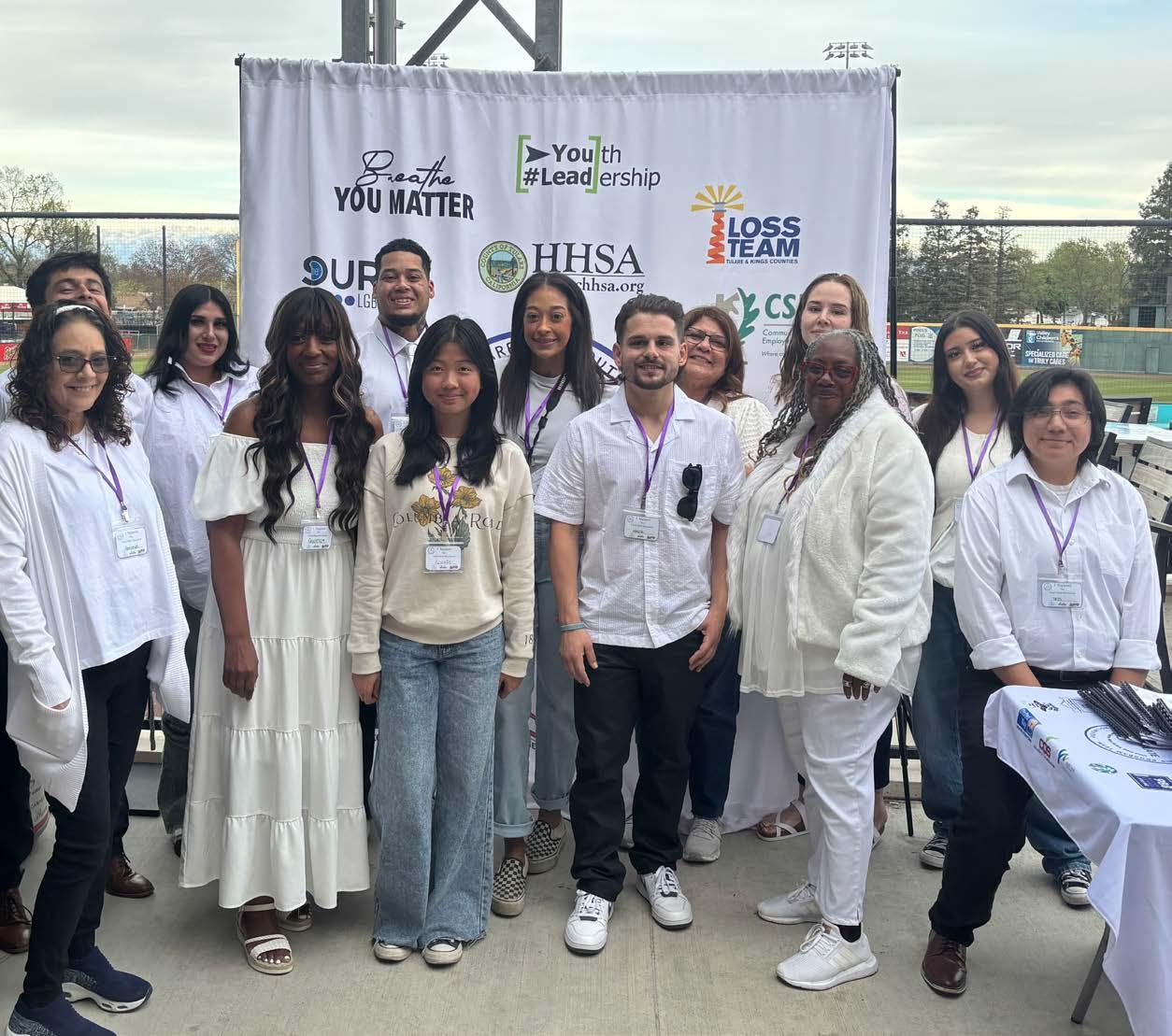
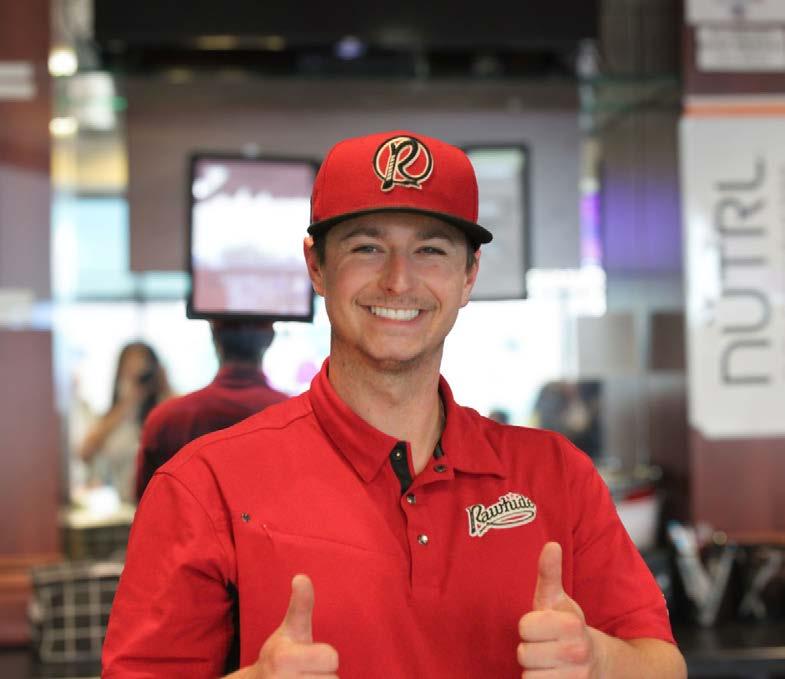
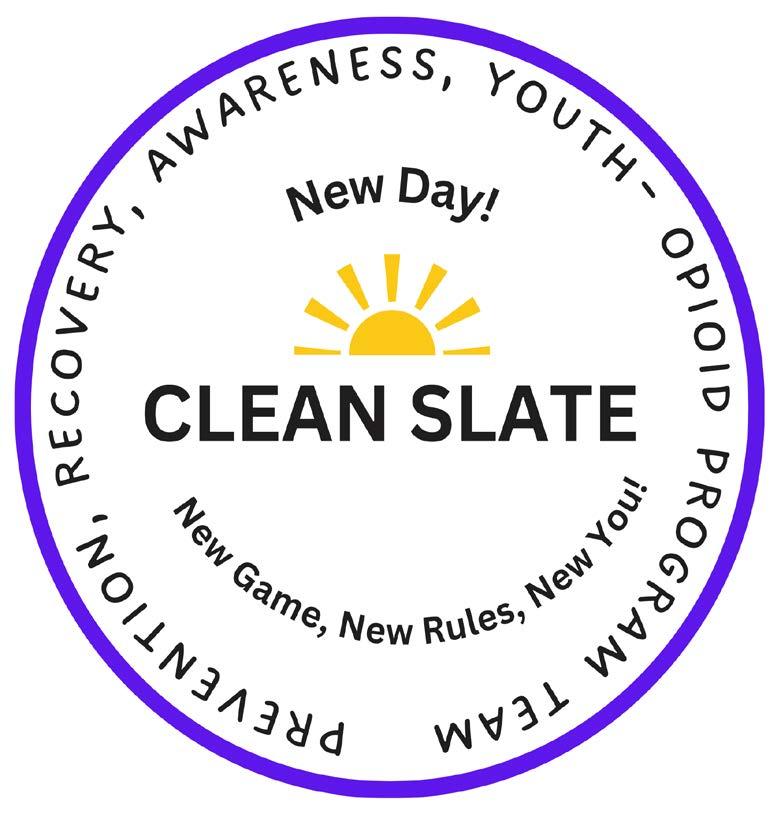

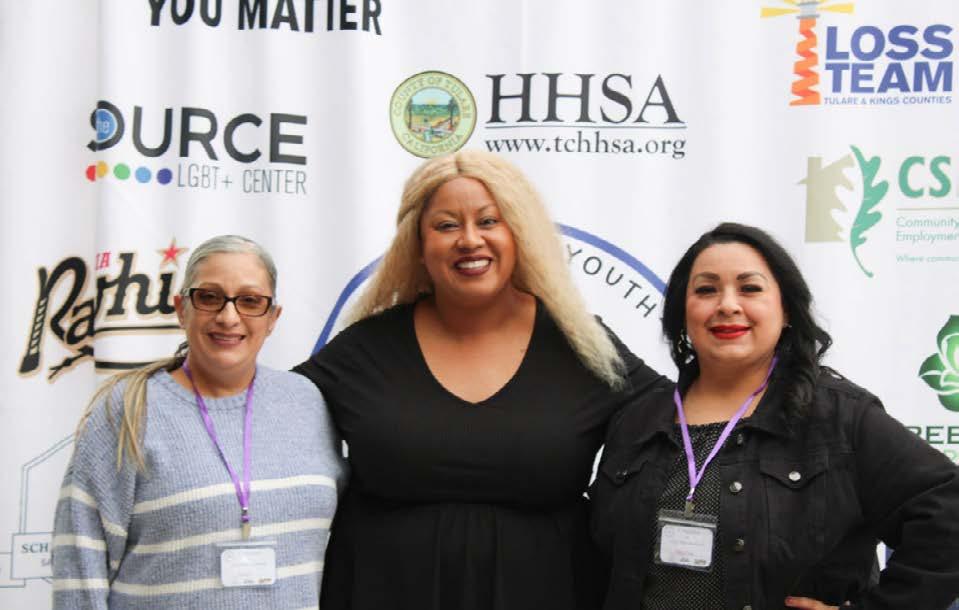




2024-2025
QUIÉNES SOMOS
QUÉ
OBTIENES
ESCÁNEAME

Un programa de liderazgo grupal ofrecido a estudiantes de tercer y cuarto año de secundaria en todo el Condado de Tulare.
Exploración Universitaria y Profesional
Proyectos de Servicio a la Comunidad
Talleres de Salud Mental
Literacidad Digital
Capital Social y Mentoría
Educación Financiera ¡Y mucho más!
Enlaces a Recursos
Viajes Culturales y Universitarios
Becas y Creación de Redes
Un Espacio Seguro para Construir Amistades
Aprender Nuevas Habilidades
Los estudiantes que completen el programa tienen la oportunidad de participar en una pasantía de verano remunerada, adquiriendo experiencia práctica en el campo profesional de su elección.
Matthew Glasgow
Airolynn Salazar
Enrique Ramirez

lead@cset.org (559) 713-5170
www.cset.org/lead


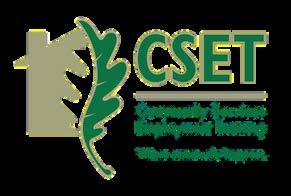

The Youth Action Board (YAB) is a group of youth meeting with the community service providers to help plan homeless youth services in Tulare and Kings Counties.
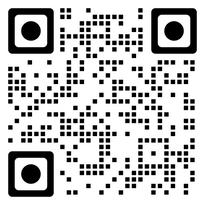
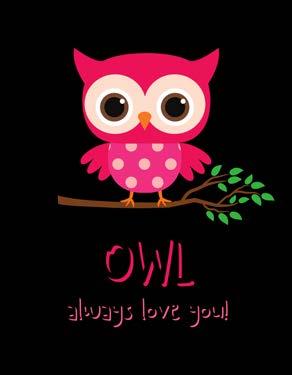
In a quiet corner of her garden, Elena pours two cups of coffee each Sunday morning – one for herself and one for her mother who passed away three years ago. “Some might find it unusual,” she says, “but these ritual conversations have transformed my grief journey. I’m not hanging onto the past; I’m bringing the best parts of our relationship into my future.”

Elena’s practice exemplifies the “continuing bonds” approach to grief – a framework that challenges outdated notions that healthy grieving means “letting go” or “finding closure.” Instead, this perspective recognizes that many people naturally maintain internal connections with deceased loved ones, often experiencing these ongoing relationships as deeply comforting and supportive.
“The question isn’t whether we should maintain bonds with those we’ve lost, but how we can do so in ways that foster healing rather than stagnation,” explains grief counselor Marcus Chen.
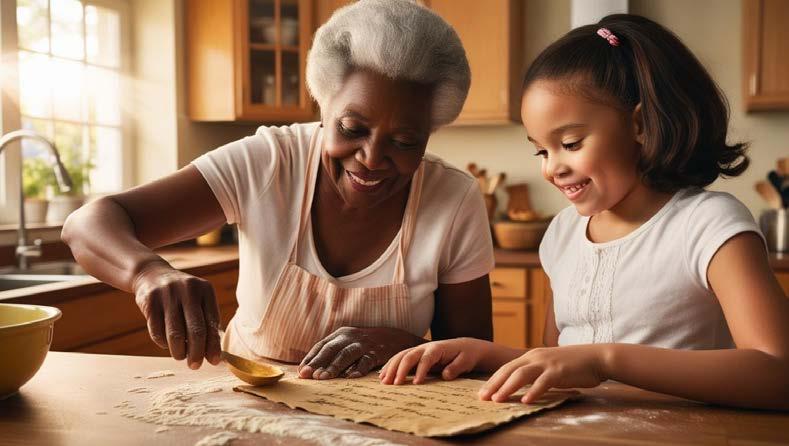
“Healthy continuing bonds evolve over time, just as living relationships do.”
These connections take countless forms: the grandmother who still consults her late husband’s wisdom when making important decisions; the father who honors his child’s memory by supporting causes they cared
about; the friend who deliberately adopts positive qualities they admired in someone who died. Each represents a unique bridge between worlds. Research suggests that maintaining these bonds can provide stability during grief’s turbulence. They offer continuity of identity, a sense of ongoing support, and meaningful ways to integrate the loss into one’s life narrative. Healthy continuing bonds aren’t about denying death’s reality. Rather, they acknowledge that love doesn’t simply end with physical absence. The relationship transforms into something new –something that can still provide comfort, guidance, and meaning. For Elena, those Sunday coffee conversations have become sacred.
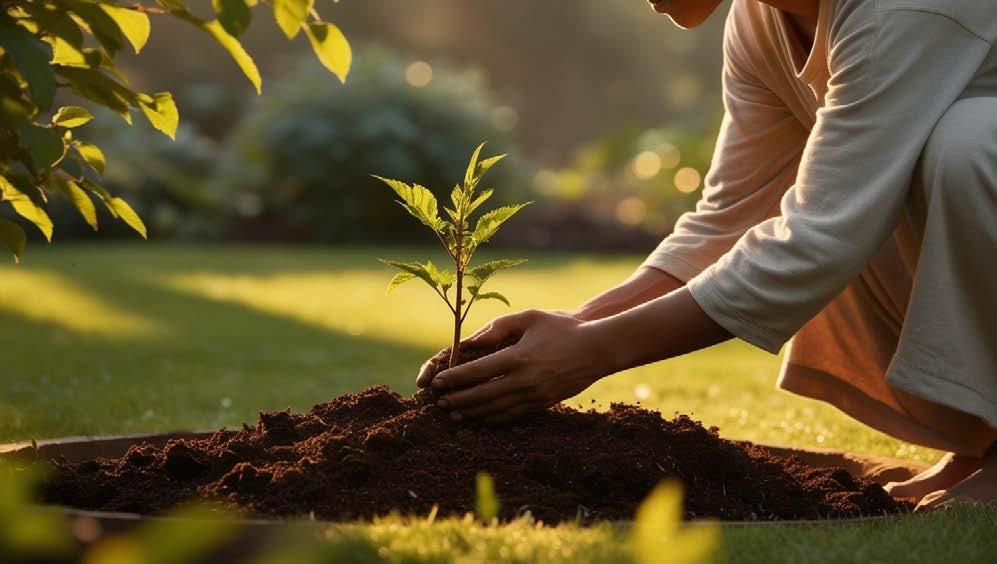
“Sometimes I share challenges I’m facing, knowing exactly what perspective Mom would offer. Other times, I simply sit in comfortable silence, feeling connected across whatever divide exists. Either way, I’m not stuck in grief – I’m growing with it, carrying her forward with me.”

En un rincón tranquilo de su jardín, Elena prepara dos tazas de café cada domingo por la mañana – una para ella y otra para su madre que falleció hace tres años. “Algunos podrían encontrarlo inusual”, dice, “pero estas conversaciones rituales han transformado mi proceso de duelo. No me estoy aferrando al pasado; estoy llevando las mejores partes de nuestra relación hacia mi futuro”.
La práctica de Elena ejemplifica el enfoque de “vínculos continuos” ante el duelo – un marco que desafía nociones anticuadas de que un duelo saludable significa “dejar ir” o “encontrar cierre”. En cambio, esta perspectiva reconoce que muchas personas naturalmente mantienen conexiones internas con seres queridos fallecidos, y a menudo experimentan estas relaciones continuas como profundamente reconfortantes y de apoyo. “La pregunta no es si debemos mantener vínculos con aquellos que hemos perdido, sino cómo podemos hacerlo de maneras que fomenten la sanación en lugar del estancamiento”, explica el consejero de duelo Marcus Chen. “Los vínculos continuos saludables evolucionan con el tiempo, al igual que las relaciones vivas”.
Estas conexiones toman innumerables formas: la abuela que todavía consulta la sabiduría de su difunto esposo al tomar decisiones importantes; el padre que honra la memoria de su hijo apoyando causas que le importaban; el amigo que deliberadamente adopta cualidades positivas que admiraba en alguien que falleció. Cada uno representa un puente único entre mundos.
Las investigaciones sugieren que mantener estos vínculos puede proporcionar estabilidad durante la turbulencia del duelo. Ofrecen continuidad de identidad, una sensación de apoyo continuo, y formas significativas de integrar la pérdida en la narrativa de vida propia. Los vínculos continuos saludables no se tratan de negar la realidad de la muerte. Más bien, reconocen que el amor no simplemente termina con la ausencia física. La relación se transforma en algo nuevo – algo que todavía puede proporcionar consuelo, guía y significado.
Para Elena, esas conversaciones dominicales con café se han vuelto sagradas. “A veces comparto desafíos que estoy enfrentando, sabiendo exactamente qué perspectiva ofrecería Mamá. Otras veces, simplemente me siento en un silencio cómodo, sintiéndome conectada a través de cualquier división que exista. De cualquier manera, no estoy estancada en el duelo –estoy creciendo con él, llevándola conmigo hacia adelante”.






The ancient wisdom of scripture speaks directly to our modern mental health challenges. Throughout the Bible, love emerges not merely as a fleeting emotion but as a transformative force with profound implications for psychological wellness.
In 1 Corinthians 13, often called the “love chapter,” we find love described as patient, kind, and enduring— qualities that modern psychology confirms create neural pathways associated with reduced anxiety and depression. When Paul writes that love “keeps no record of wrongs,” he unknowingly describes what therapists now recognize as essential for breaking cycles of rumination and resentment that fuel psychological distress.
The biblical concept of agape—selfless, sacrificial love—parallels what researchers have discovered about the mental health benefits of altruism and service. Studies consistently show that volunteering and helping others triggers dopamine release, often called the “helper’s high,” which counteracts depressive symptoms.
Jesus’s teaching to “love your neighbor as yourself” contains another profound psychological insight—the foundation of healthy outward love is appropriate self-regard. This balanced perspective counters both narcissistic tendencies and self-loathing, two common roots of mental health struggles.

The Bible’s encouragement toward community and bearing one another’s burdens aligns perfectly with research showing that social connection and vulnerability within trusted relationships are among the strongest protective factors against mental illness. John’s simple statement that “perfect love drives out fear” finds scientific validation in studies showing how secure attachments literally rewire our threat-detection systems. Even biblical commandments to love enemies and practice forgiveness reflect cutting-edge trauma research, which demonstrates that forgiveness significantly reduces symptoms of anxiety, depression, and posttraumatic stress while improving overall well-being. Far from being merely spiritual
directives, the Bible’s teachings about love provide a remarkably sophisticated framework for psychological flourishing. When we practice biblical love—patient, kind, protective, truthful, hopeful, and persevering—we aren’t just fulfilling religious obligations. We’re living in alignment with how our minds and hearts were designed to function optimally.




La antigua sabiduría de las escrituras habla directamente a nuestros desafíos modernos de salud mental.
A lo largo de la Biblia, el amor emerge no meramente como una emoción pasajera sino como una fuerza transformadora con profundas implicaciones para el bienestar psicológico.
En 1 Corintios 13, a menudo llamado el “capítulo del amor”, encontramos el amor descrito como paciente, bondadoso y perdurable—cualidades que la psicología moderna confirma que crean vías neuronales asociadas con la reducción de ansiedad y depresión. Cuando Pablo escribe que el amor “no guarda rencor”, inadvertidamente describe lo que los terapeutas ahora reconocen como esencial para romper ciclos de rumiación y resentimiento que alimentan el malestar psicológico.
El concepto bíblico de ágape—amor desinteresado y sacrificial—tiene paralelos con lo que los investigadores han descubierto sobre los beneficios para la salud mental del altruismo y el servicio. Los estudios muestran consistentemente que el voluntariado y ayudar a otros desencadena la liberación de dopamina, a menudo llamada “euforia del ayudante”, que contrarresta los síntomas depresivos.
La enseñanza de Jesús de “amar a tu prójimo como a ti mismo” contiene otra profunda perspectiva psicológica—el fundamento del amor saludable
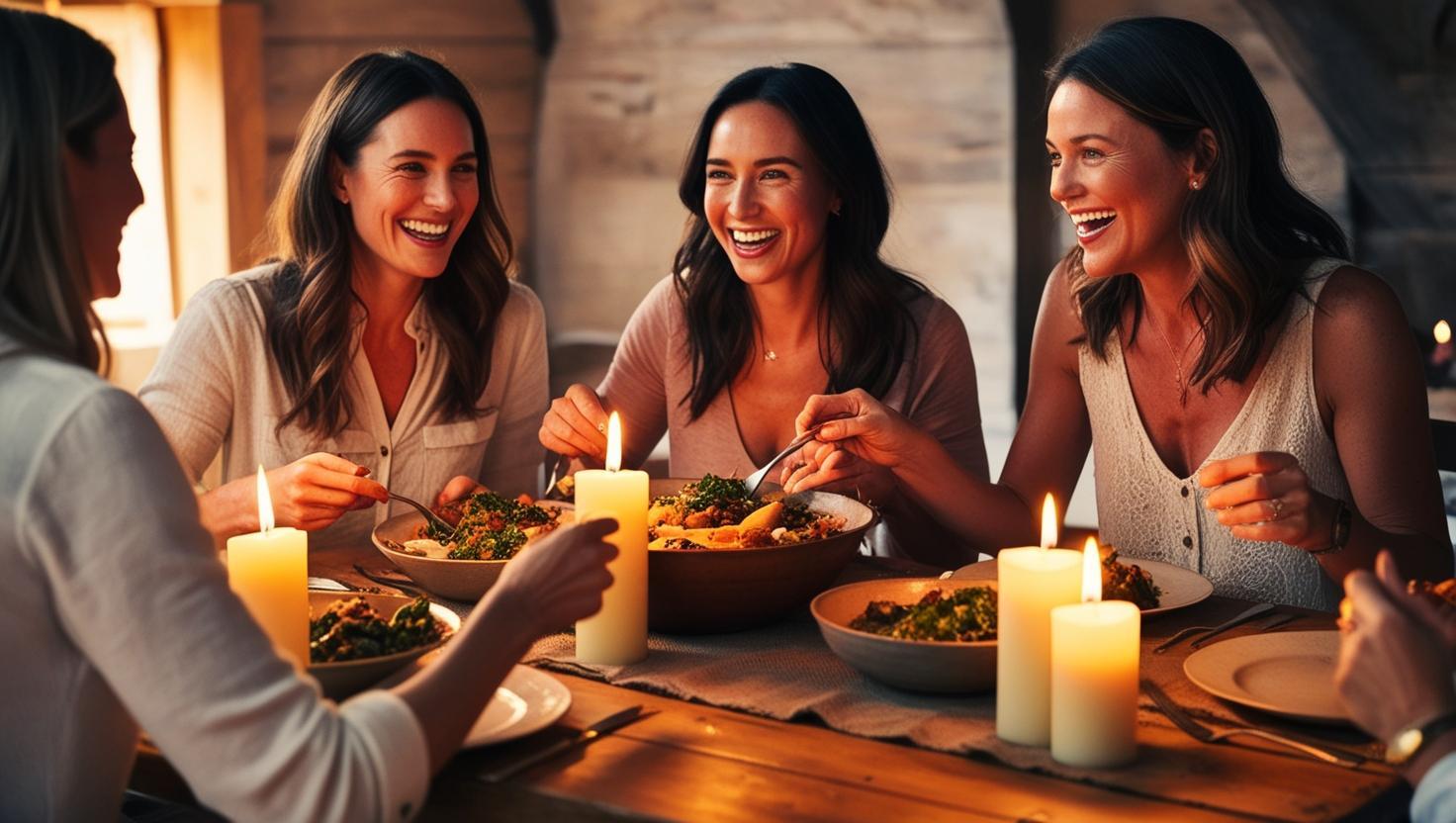
hacia los demás es una apropiada consideración por uno mismo. Esta perspectiva equilibrada contrarresta tanto las tendencias narcisistas como el autodesprecio, dos raíces comunes de las luchas de salud mental.
El ánimo de la Biblia hacia la comunidad y llevar las cargas los unos de los otros se alinea perfectamente con investigaciones que muestran que la conexión social y la vulnerabilidad dentro de relaciones de confianza están entre los factores protectores más fuertes contra las enfermedades mentales. La simple declaración de Juan de que “el amor perfecto echa fuera el temor” encuentra validación científica en estudios que muestran cómo los apegos seguros literalmente reconectan nuestros sistemas de detección de amenazas.
Incluso los mandamientos bíblicos de amar a los
enemigos y practicar el perdón reflejan investigaciones de vanguardia sobre trauma, que demuestran que el perdón reduce significativamente los síntomas de ansiedad, depresión y estrés postraumático mientras mejora el bienestar general. Lejos de ser meramente directivas espirituales, las enseñanzas de la Biblia sobre el amor proporcionan un marco notablemente sofisticado para el florecimiento psicológico. Cuando practicamos el amor bíblico—paciente, bondadoso, protector, veraz, esperanzado y perseverante—no solo estamos cumpliendo con obligaciones religiosas. Estamos viviendo en alineación con cómo nuestras mentes y corazones fueron diseñados para funcionar óptimamente.

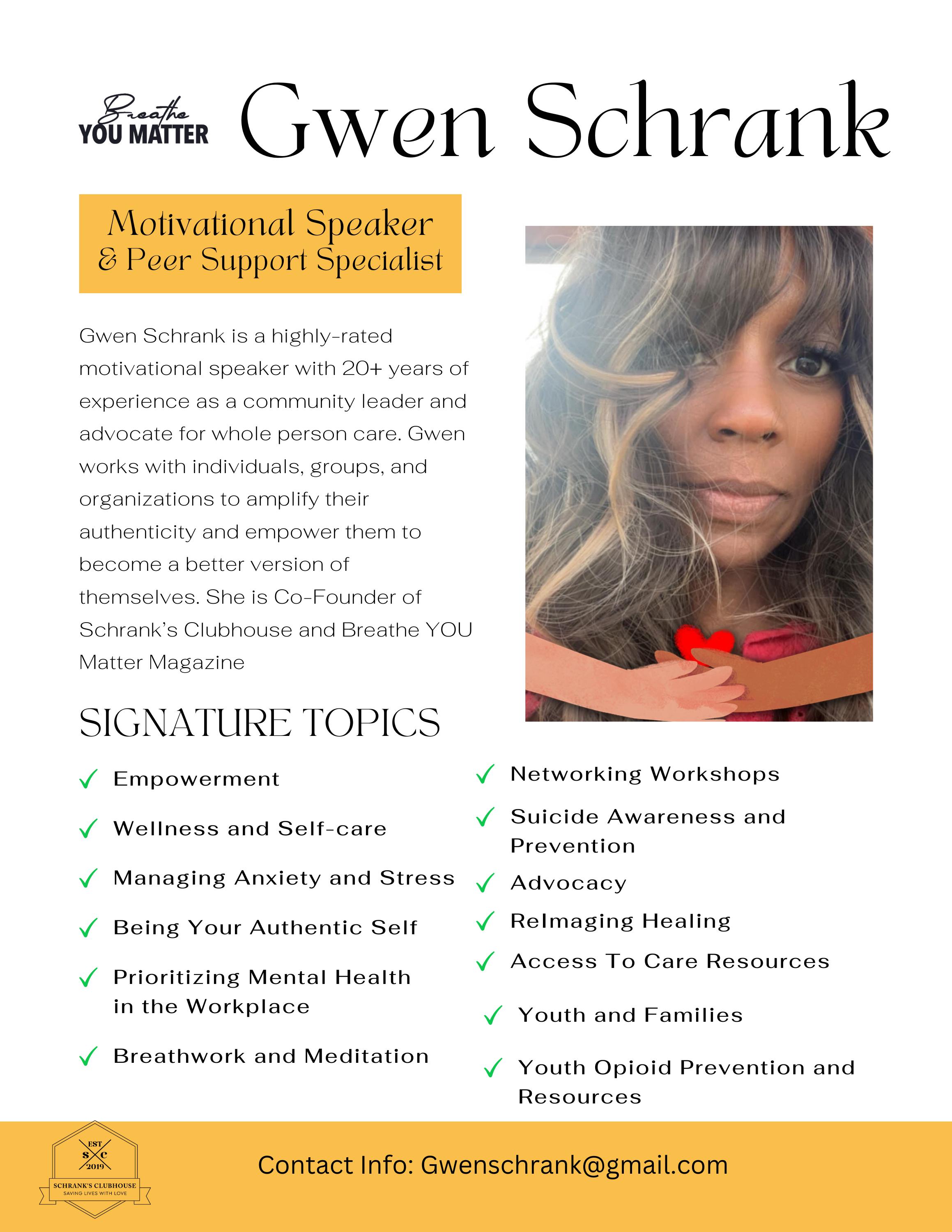

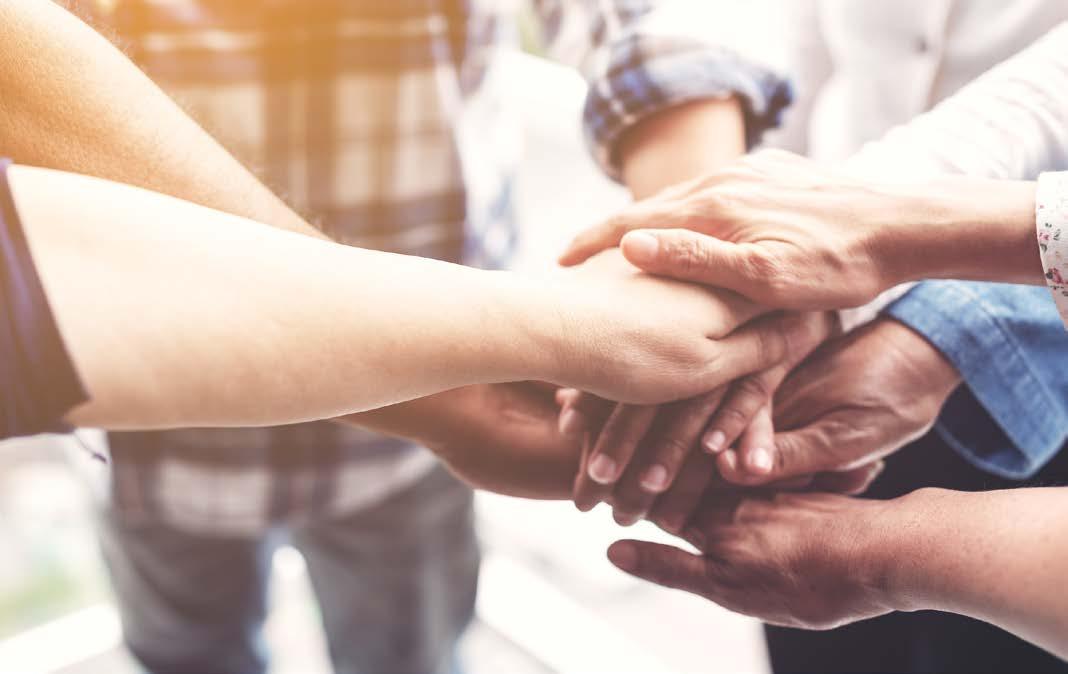
Our supporters, followers and fans are the best marketing team. We will Involve them and engage with them. We will share stories and interview people, so their voices are heard.
To boost our cashflow, we will offer an easy option to donate on a regular basis with recurring donation options.


3. partner up
Boost donations by partnering with a community organizations and partners to collect donations .
Regardless of the diagnosis, symptoms can be similar and overlap, especially in times of crisis. The following are some examples of symptoms that you may have noticed in yourself or your loved one.
■ Confused thinking or problems concentrating and learning
■ Extreme mood changes, including uncontrollable “highs” or feelings of euphoria
■ Prolonged or strong feelings of irritability or anger
■ Excessive worrying or fear
■ Feeling excessively sad or low
■ Avoiding friends and social activities
■ Difficulties understanding or relating to other people
■ Changes in sleeping habits or feeling tired and low energy
■ Changes in sex drive
■ Difficulty perceiving reality; delusions or hallucinations, in which a person experiences and/or senses things that don’t exist in objective reality
■ Inability to perceive changes in one’s feelings, behavior, or personality
■ Anosognosia, or lack of awareness of being mentally ill
■ Overuse of substances like alcohol or other drugs
■ Multiple physical ailments without obvious causes (such as headaches, stomach aches, vague and ongoing “aches and pains”)
■Thinking about suicide
■ Inability to carry out daily activities or handle daily problems and stress
It’s important to be aware that one or more of these symptoms is not evidence that a person has a mental illness. These symptoms may be a typical reaction to stress, or they may be the result of another underlying medical condition.
When symptoms develop rapidly, an essential first step is to visit your primary care provider to rule out an underlying medical condition.

Definition
Mental illnesses are medical conditions that disrupt a person’s thinking, feeling, mood, daily functioning, and ability to relate to others. Mental illness doesn’t develop because of a person’s character or intelligence. Just as diabetes is a disorder of the pancreas, a mental illness is a disorder of the brain. These disorders can make it difficult to cope with the ordinary demands of life. No one is to blame—not the person and not the family. To learn more, visit NAMI Mental Health Conditions.
If you or someone you love has a mental illness, you are not alone. One in every twenty adults is living with a serious mental health condition such as schizophrenia, bipolar disorder, or major depression. Every year, they overcome challenges to do the things they enjoy. Effective treatment plans can reduce many symptoms; supportive relationships with family and peers help develop coping and recovery strategies; and community support services can be helpful when needed. Many people overcome their challenges to pursue higher education, succeed in their careers, make friends, and have relationships.
Currently, there are no blood tests or tissue samples that can definitively diagnose mental illnesses. Diagnoses are based on clinical observations of the person’s behavior and reports from those close to the person. Symptoms vary from person to person, and each person responds differently, which can complicate getting an accurate diagnosis. The most common mental illness diagnoses include depressive disorder, bipolar disorder, schizophrenia, and anxiety disorders, but there are many others.
Additionally, symptoms of a mental illness may appear differently based on someone’s gender, culture, religious background, or developmental stage. In Western cultures, anxiety is often described by worried thoughts and feelings of dread. In non-Western cultures, anxiety is more commonly described by physical symptoms like headaches, backaches, and stomachaches.
Often, mental illness is not the only thing going on in a person’s life. Other conditions that further complicate the difficulties created by mental illness may also be present. This is referred to as co-occurring, co-morbid conditions, or dual diagnosis—meaning that there is more than one condition causing the difficulties.
Substance use disorders commonly co-occur with mental health conditions. Even if a person doesn’t have a formal diagnosis of substance use disorder, alcohol and other drugs are frequently involved in the onset of a mental health crisis. In addition to complicating the symptoms of mental health conditions, alcohol and other drugs can interfere with the safety and effectiveness of mental health medications. Substance use is also a risk factor for a host of mental health concerns, including depression and suicidal ideation. In a crisis, it’s important to inform health care professionals and share information about substances being used (supplements, homeopathic remedies, over-the-counter medications, prescriptions, alcohol, street drugs, etc.) to help determine what role they may play in the current crisis episode. All too frequently, there can be interactions between substances, including those that are prescribed.
Effective treatment is available for co-occurring conditions. Once the crisis has been resolved, a health care provider can help arrange a referral for appropriate treatment and support services. Long-term recovery is best achieved when both mental health conditions and substance use disorders are addressed.




Unhoused young adults aged 18-24 in Tulare and Kings County Areas
Unhoused: individuals lacking a fixed, regular, permanent, or adequate residence - including those in hotels, shelters, or residing outdoors.
We empower youth by building confidence, teaching life skills, and advocating for better opportunities, while offering the following resources:
Academic Support
Education Discussion
Leadership Development
Supportive Services
Guidance and Mentoring
Financial Literacy
Work Readiness Workshops
Follow-Up Services
Additional resources and referrals may include: Work Experience, Skills Training, Housing Assistance, Medical Referrals, and much more!
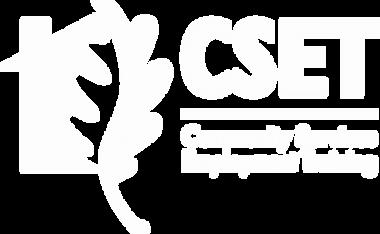

Empower unhoused youth to voice concerns, access services, and lead change.


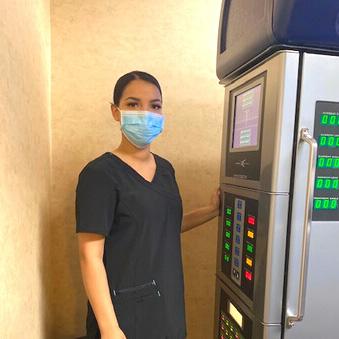








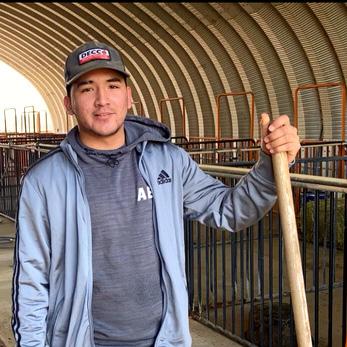





528-1790




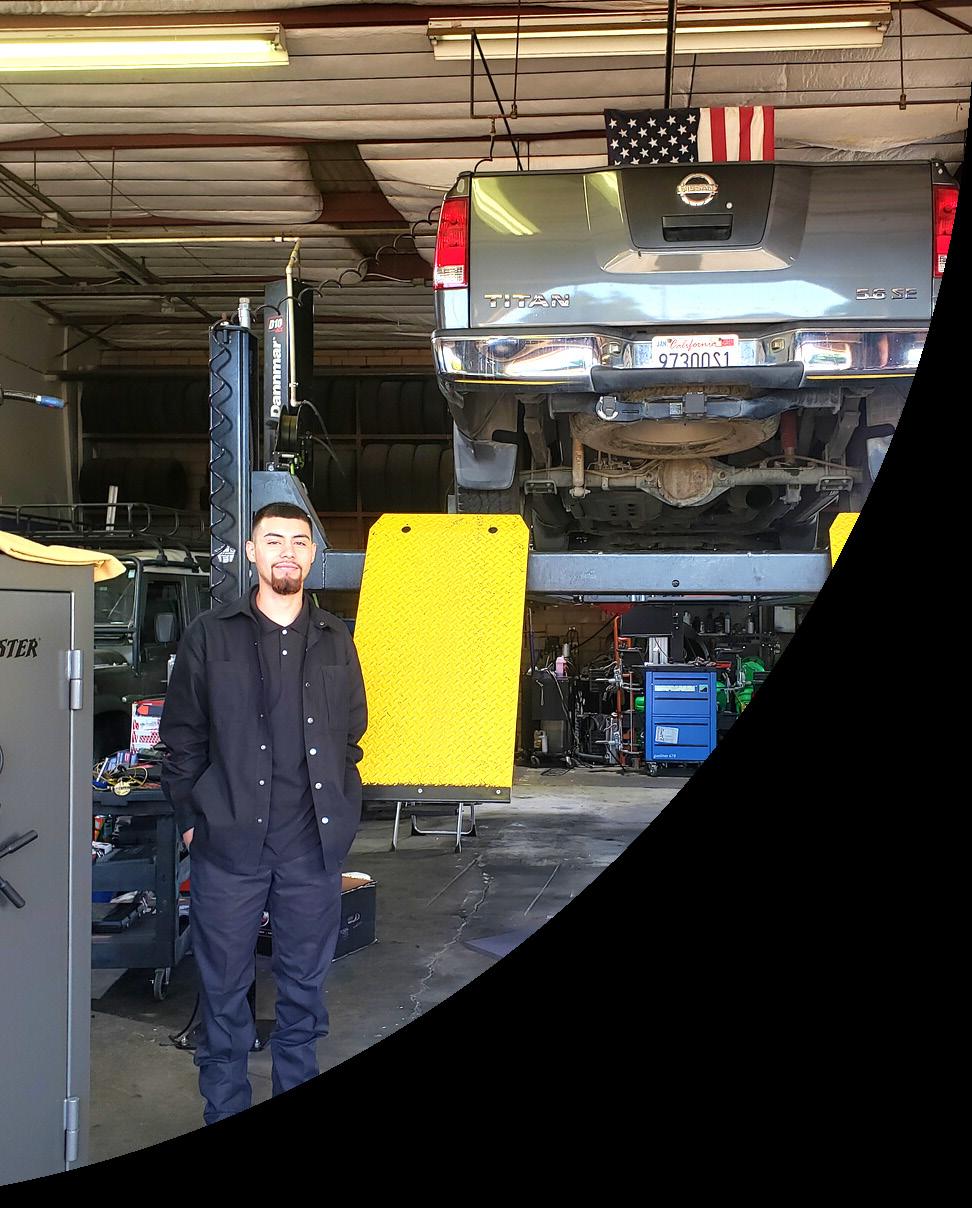



Explore Careers
Gain Work Experience
Participate In Career Technical Education
Get College Assistance
Help With Interview and Work Clothing
Earn Money
Visalia Employment Connection (559) 713-5000
Cutler-Orosi & Dinuba
Family Resource Center (559) 528-1790
(559) 528-1790
Tulare Family Resource Center & Employment Connection A���liate (559) 684-1987
Woodlake Family Resource Center


Porterville Employment Connection (559) 788-1400



Exeter & Farmersville Farmerville City Hall (559) 781-1852 (559) 781-1852
(559) 781-1852

(559) 781-1852





Lyreshia has obtained a master’s degree in Political Science and Public Affairs and a bachelor's degree in Criminal Justice with a minor in Information Technology. Lyreshia has over twenty years of experience in the mental health field and criminal justice system. After working nine years in a hostile environment as a probation officer, Lyreshia filed a discrimination lawsuit against the NJ Judiciary in Federal and State court. Lyreshia founded Bonds Consulting, LLC, a consulting firm where Lyreshia utilizes all her crisis management and conflict resolution skills to educate mankind, advocate for social justice/criminal justice reform and motivate future generations for true change.
I will ascertain why the CJ system is not broken, it is working as it was designed. I will explore different frameworks of solutions.

"Conflict Resolution"
I will provide the audience with my five step strategy plan to help identify, manage and eliminate conflict in everyday situation

"Gaslighting
I will give the audience various strategies for working in all types of environments and share how I survived after working in a toxic environment for nine years
Keynote address:
-Advocacy for Mental Heath
-Labor Relations Specialist
-Social Justice Advocate

“We were so honored to have Lyreshia Bonds come to Dillard University to share the importance of her experiences and her outstanding contribution she has made to academics in relation to race and equity with the release of her new book. The Q & A session with the students provided a lot of insight that the students can carry with them as they prepare for their future careers, particularly those students going into law”
Dr. Ashraf Esmail Director of the Center of Racial Justice, Dillard University


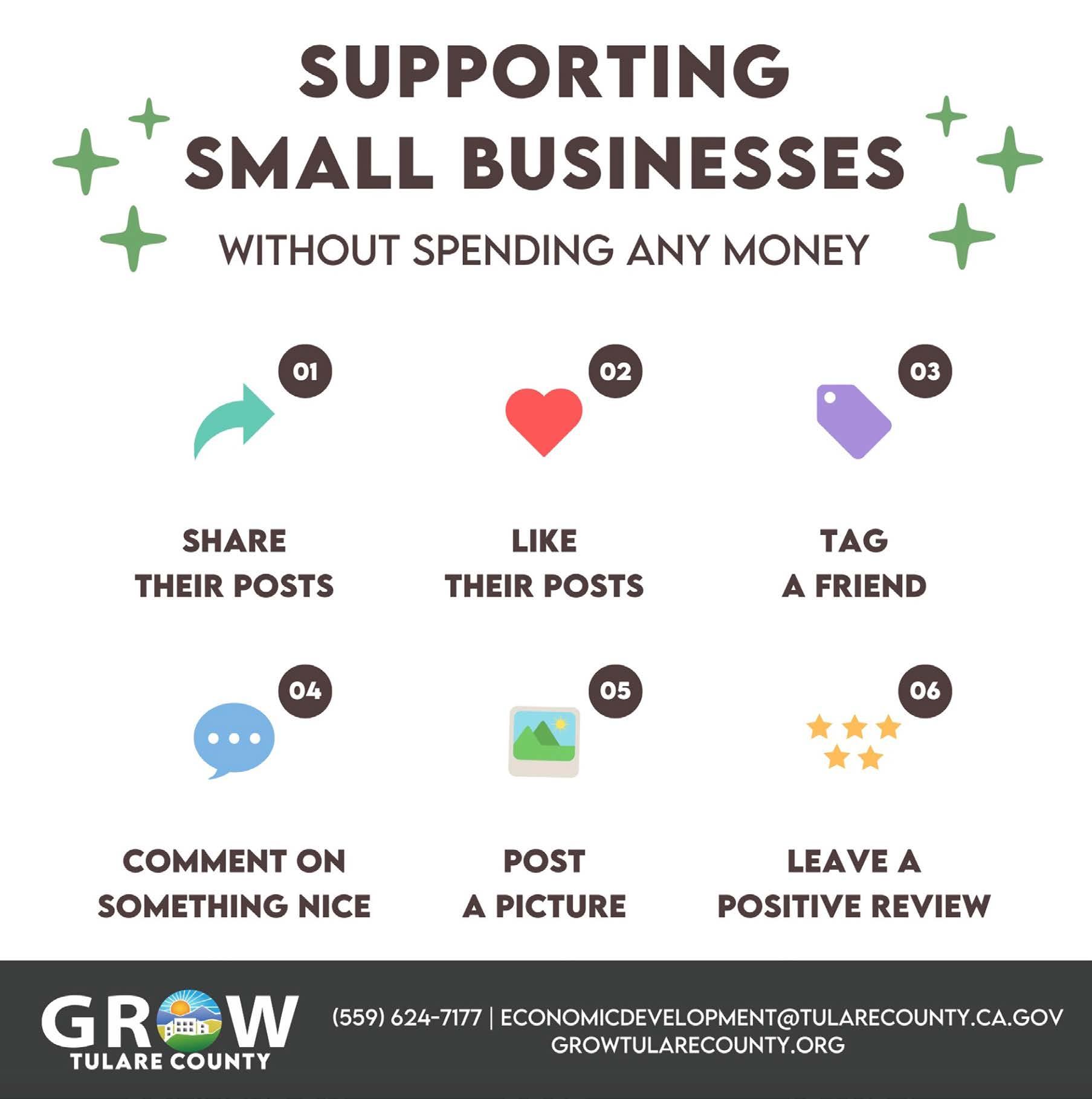
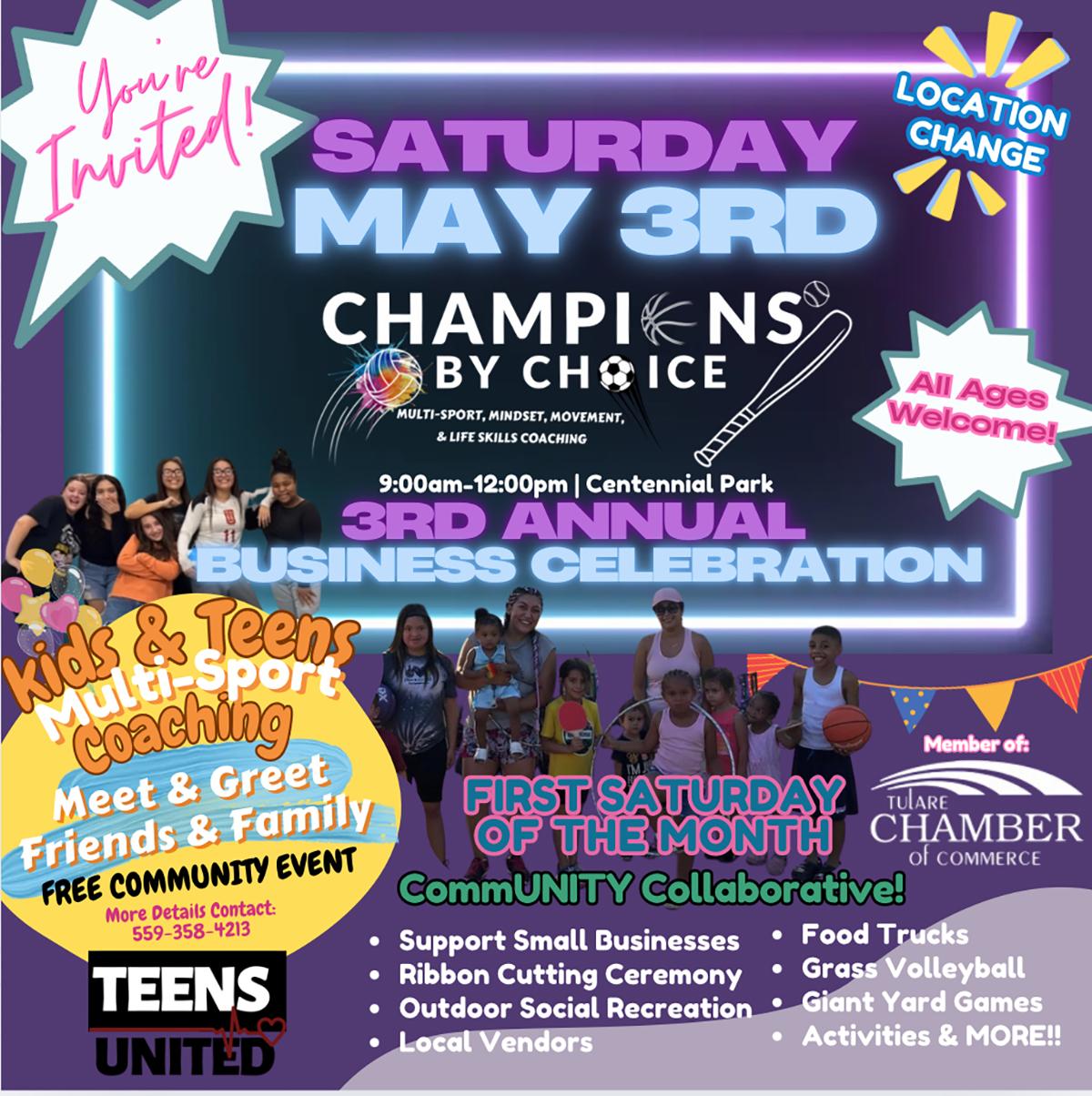


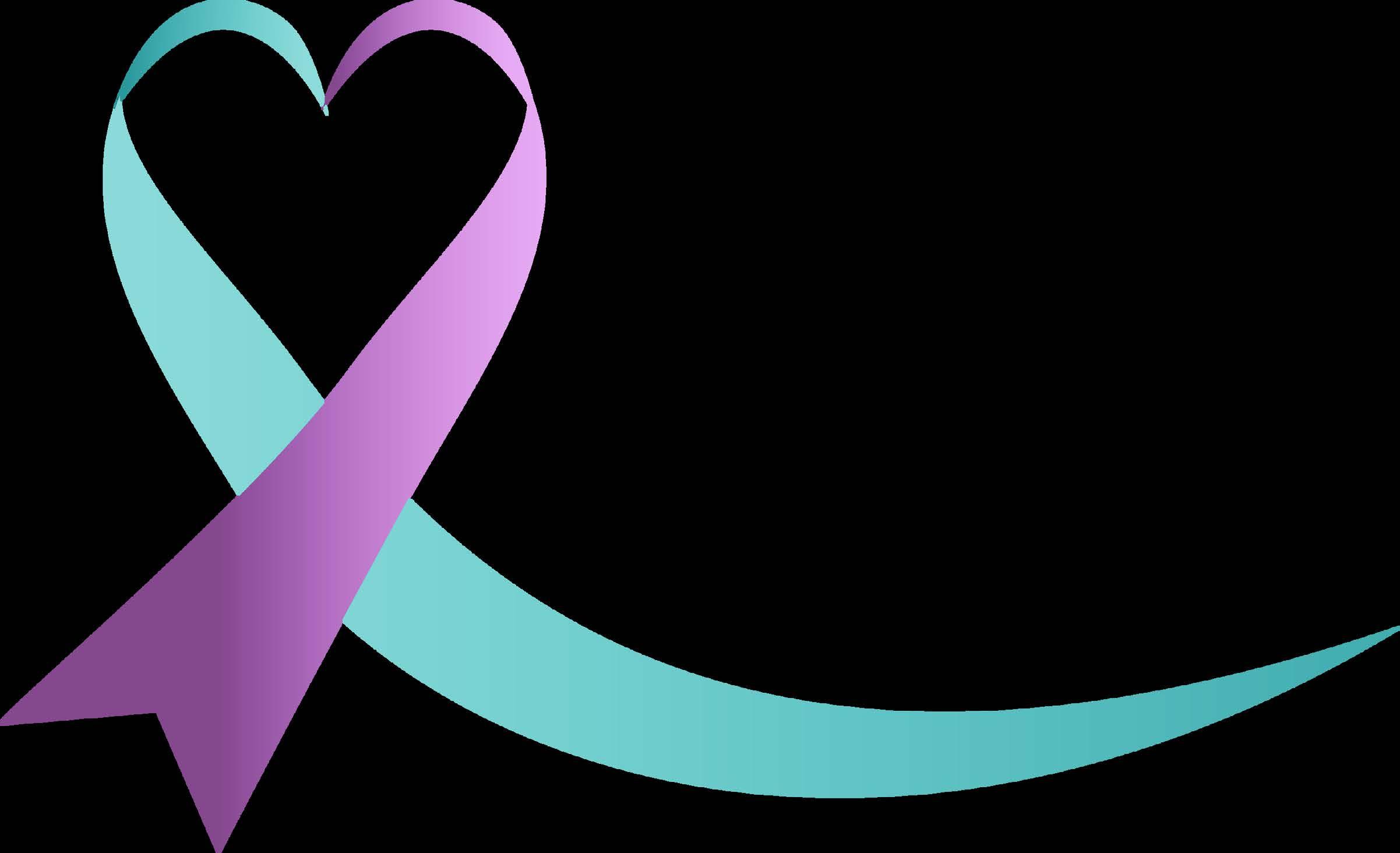


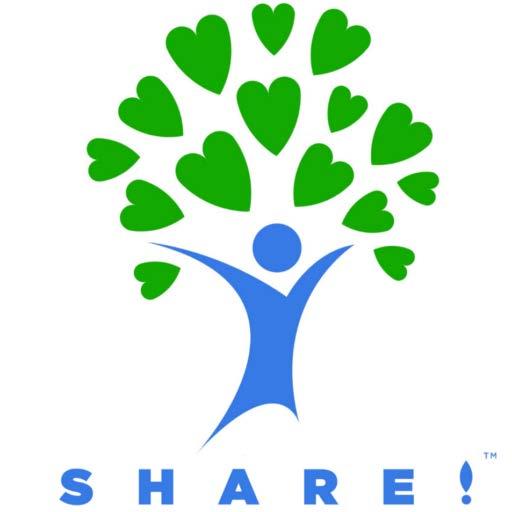
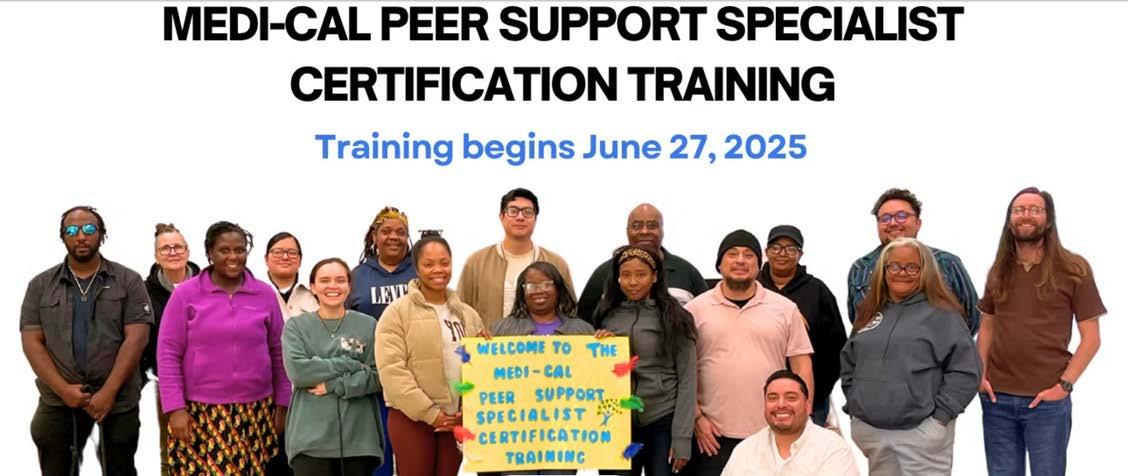
https://www.shareselfhelp.org
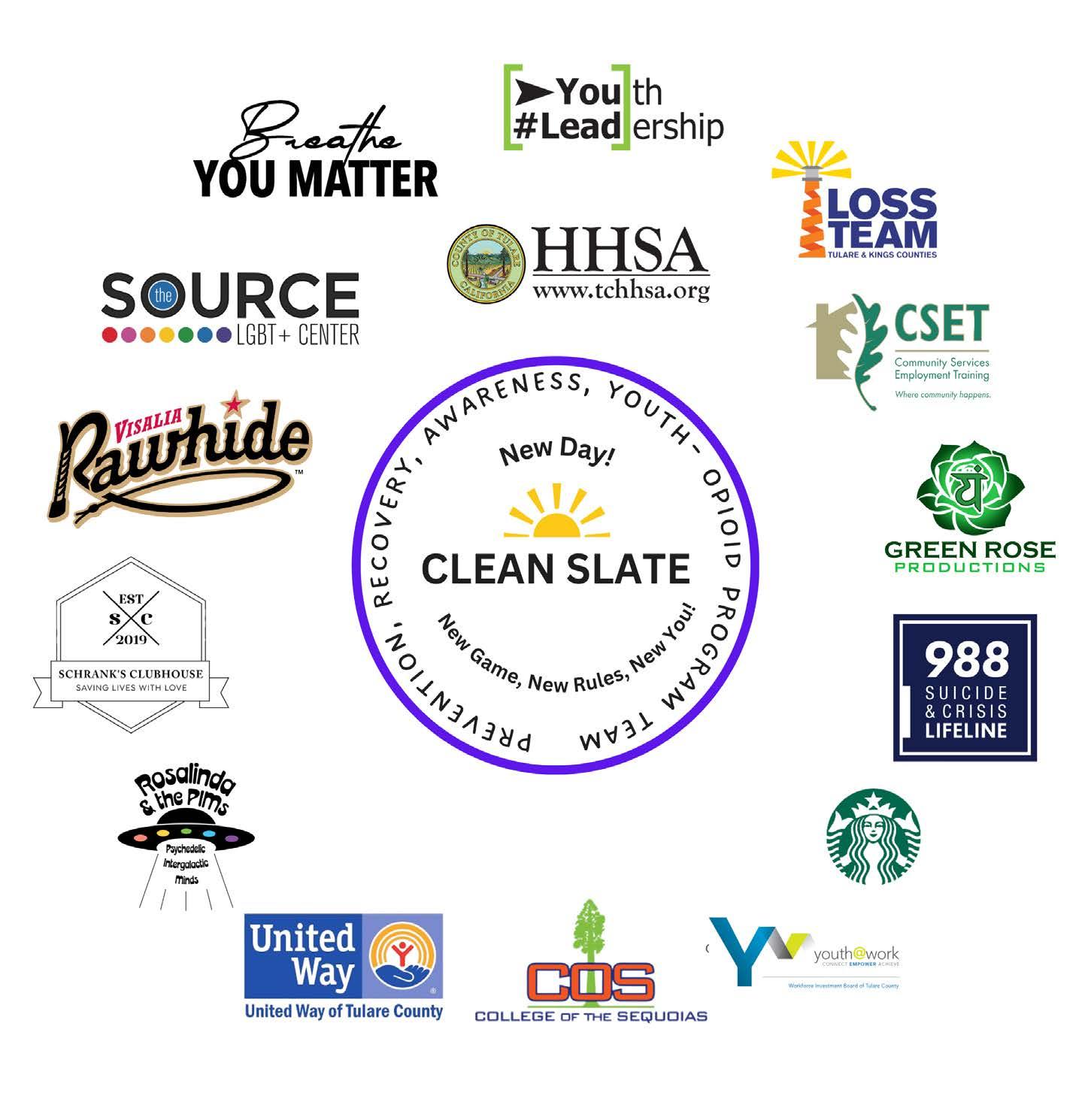
Saves Young Lives: The youth opioid crisis is claiming lives at an alarming rate.
Breaks the Cycle of Addiction: By intervening early with youth, Clean Slate helps break intergenerational cycles of addiction.
Addresses Root Causes: Clean Slate takes a comprehensive approach by addressing the underlying factors that lead to substance use
Economic Impact: The economic cost of youth opioid addiction is staggering when considering healthcare expenses, criminal justice involvement, lost productivity, and social services.
Community Resilience: By supporting youth recovery through culturally responsive, community-based approaches, Clean Slate strengthens the overall resilience of communities.
